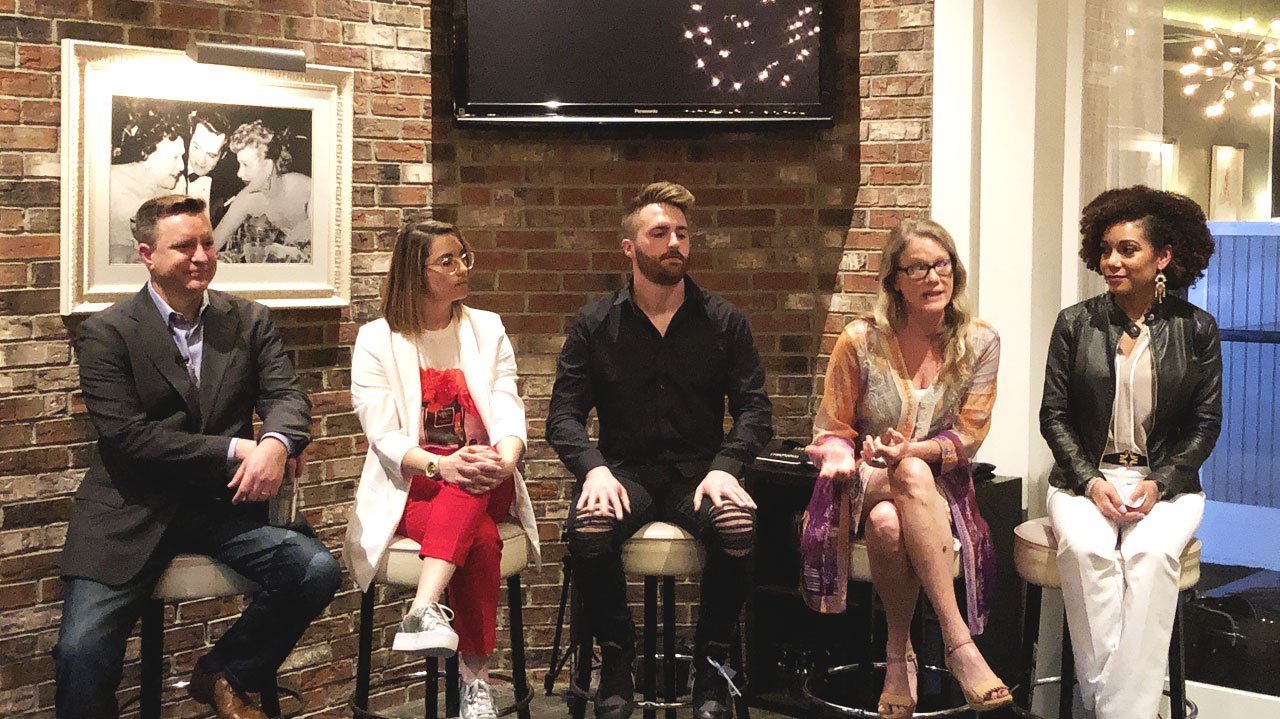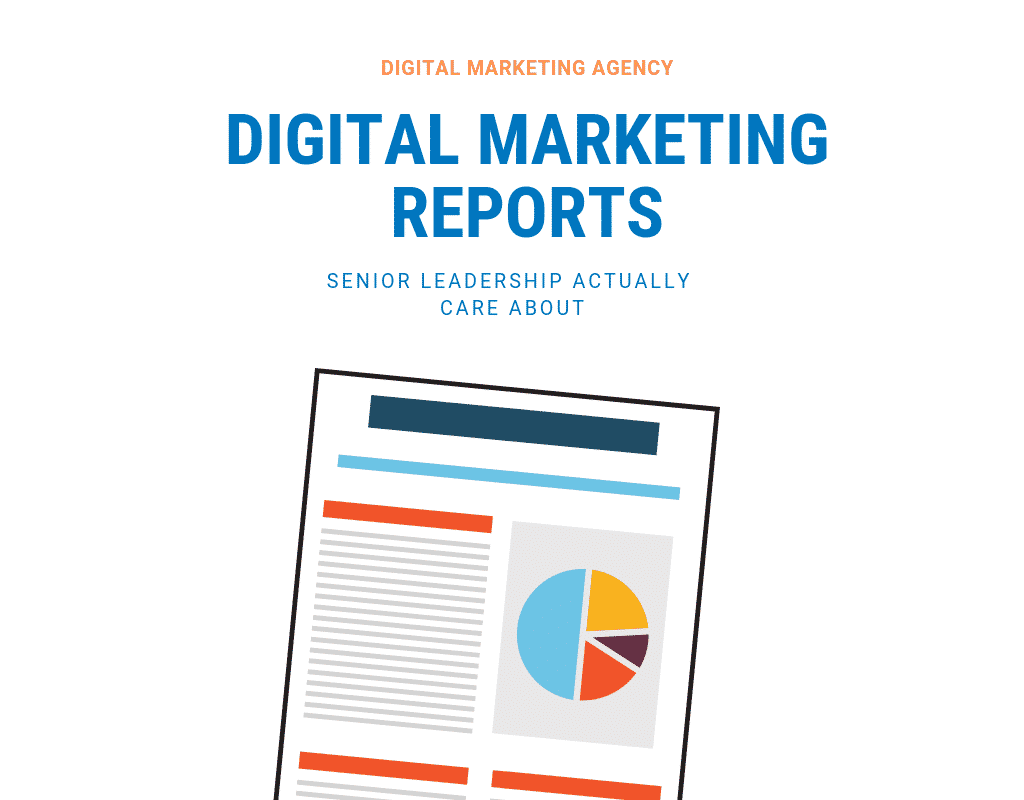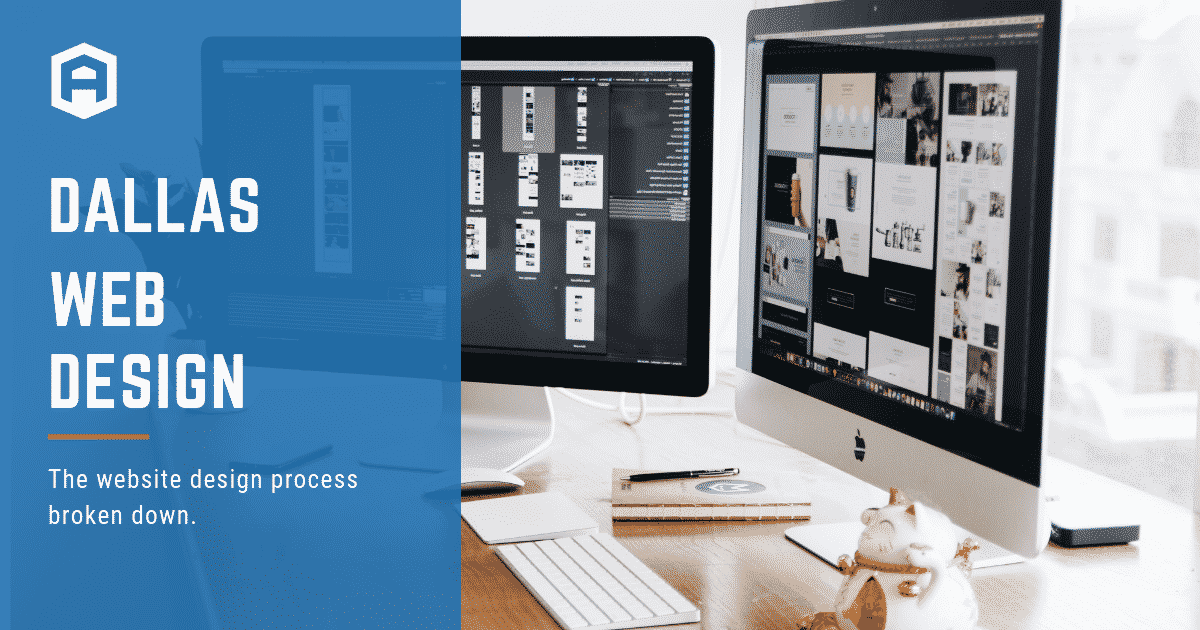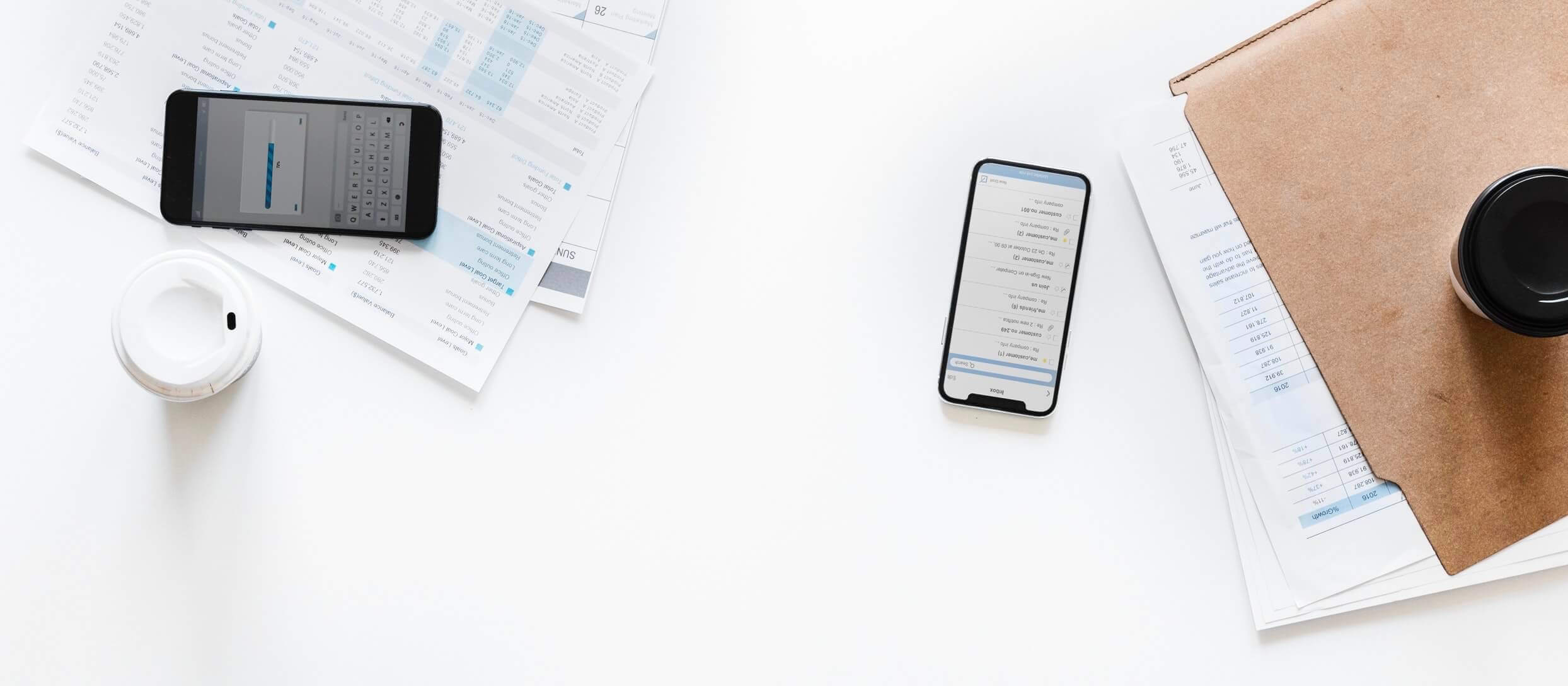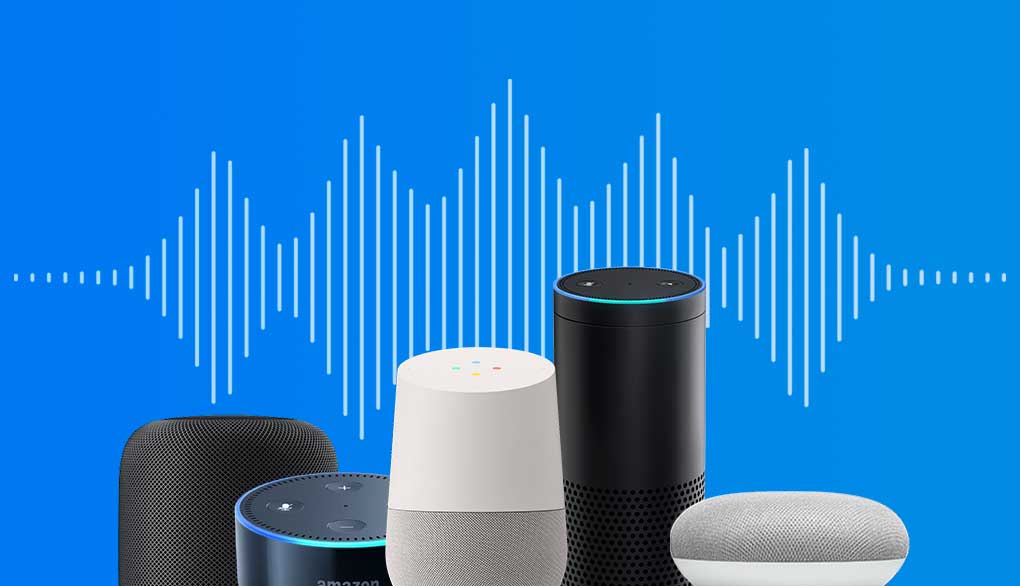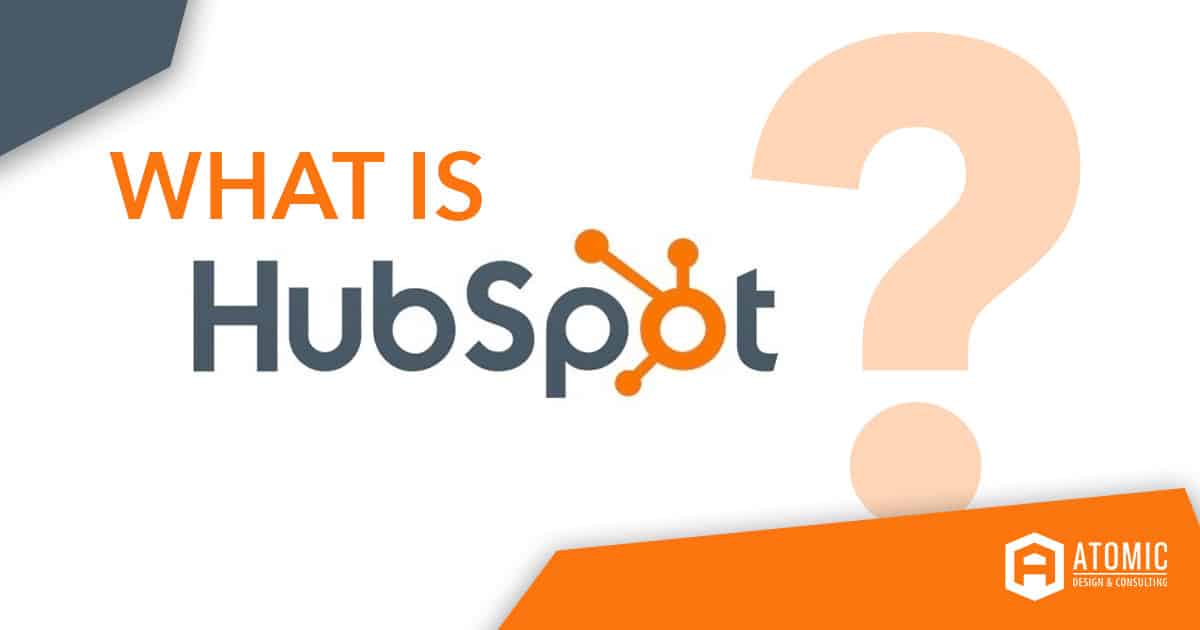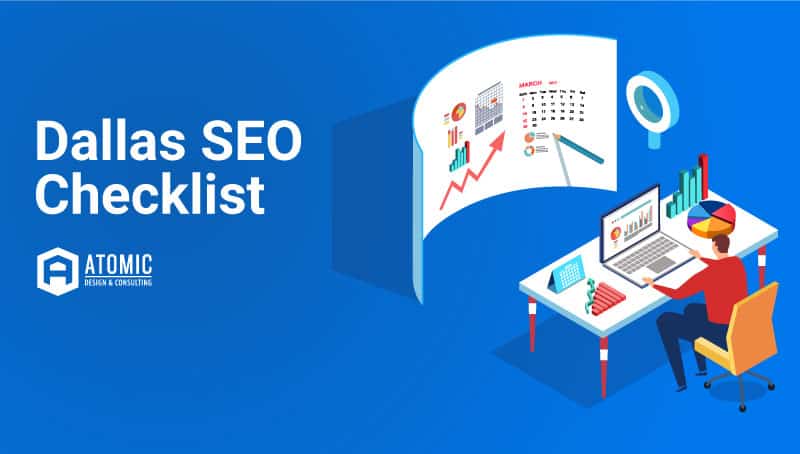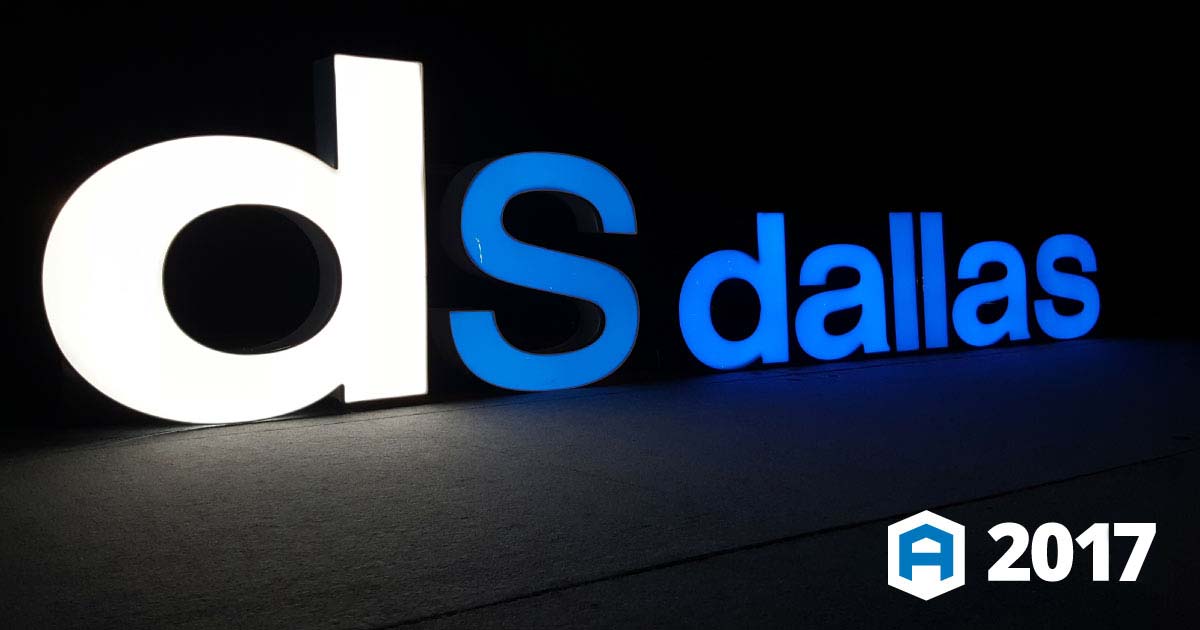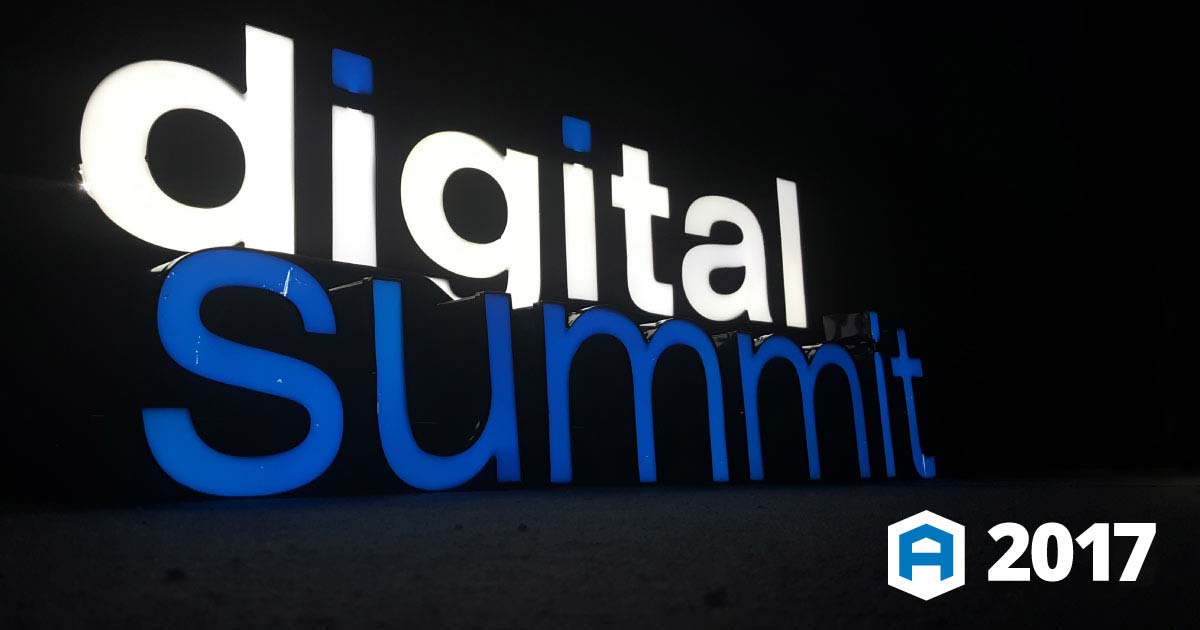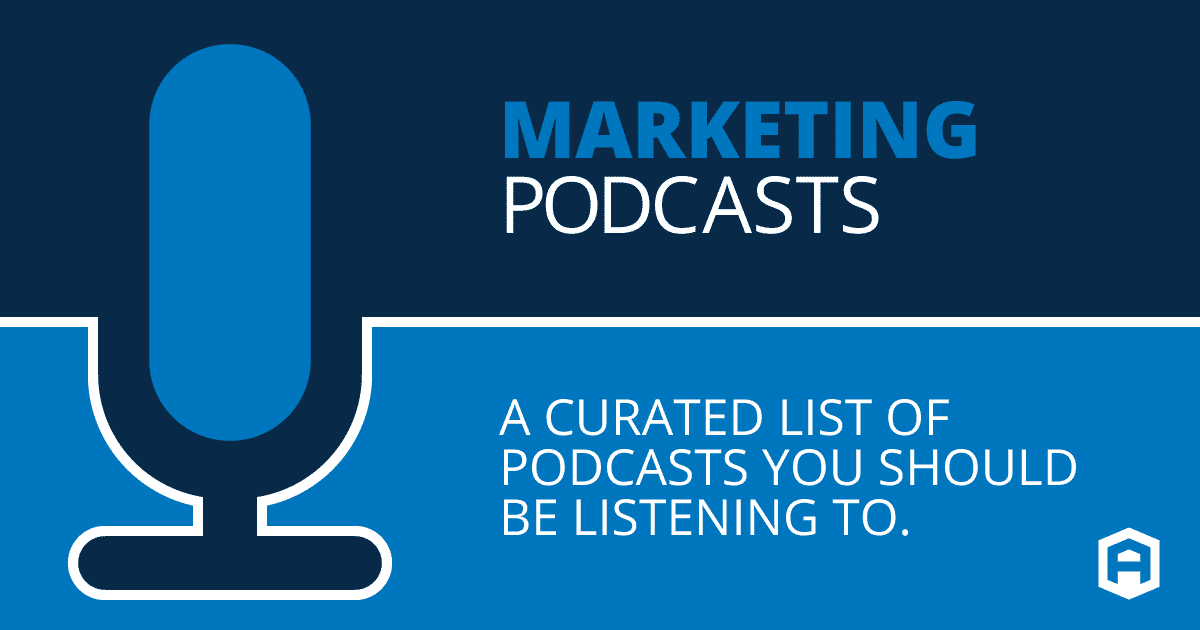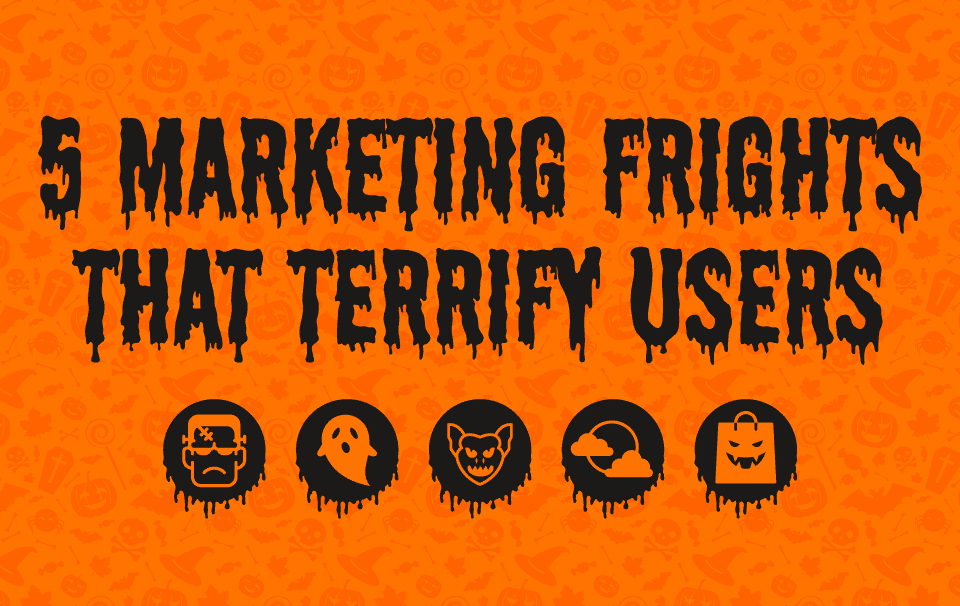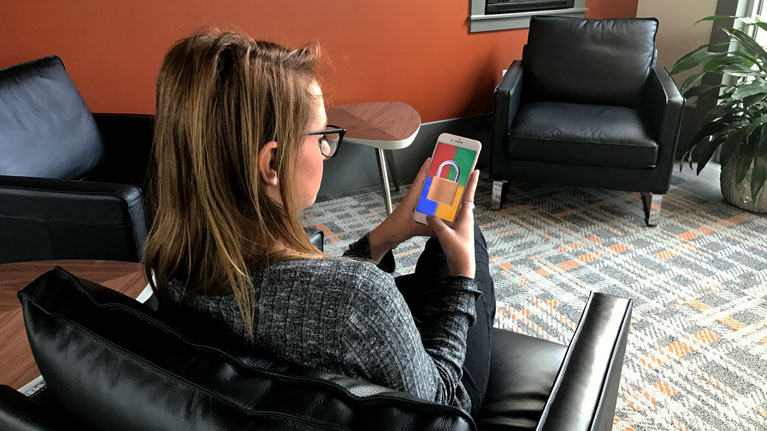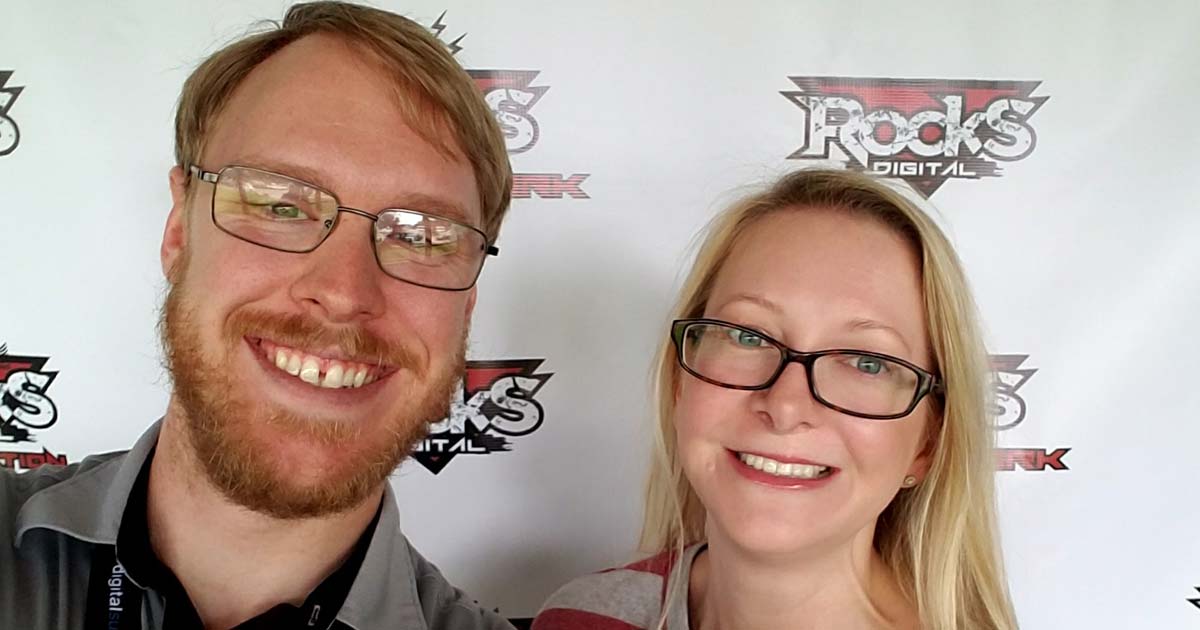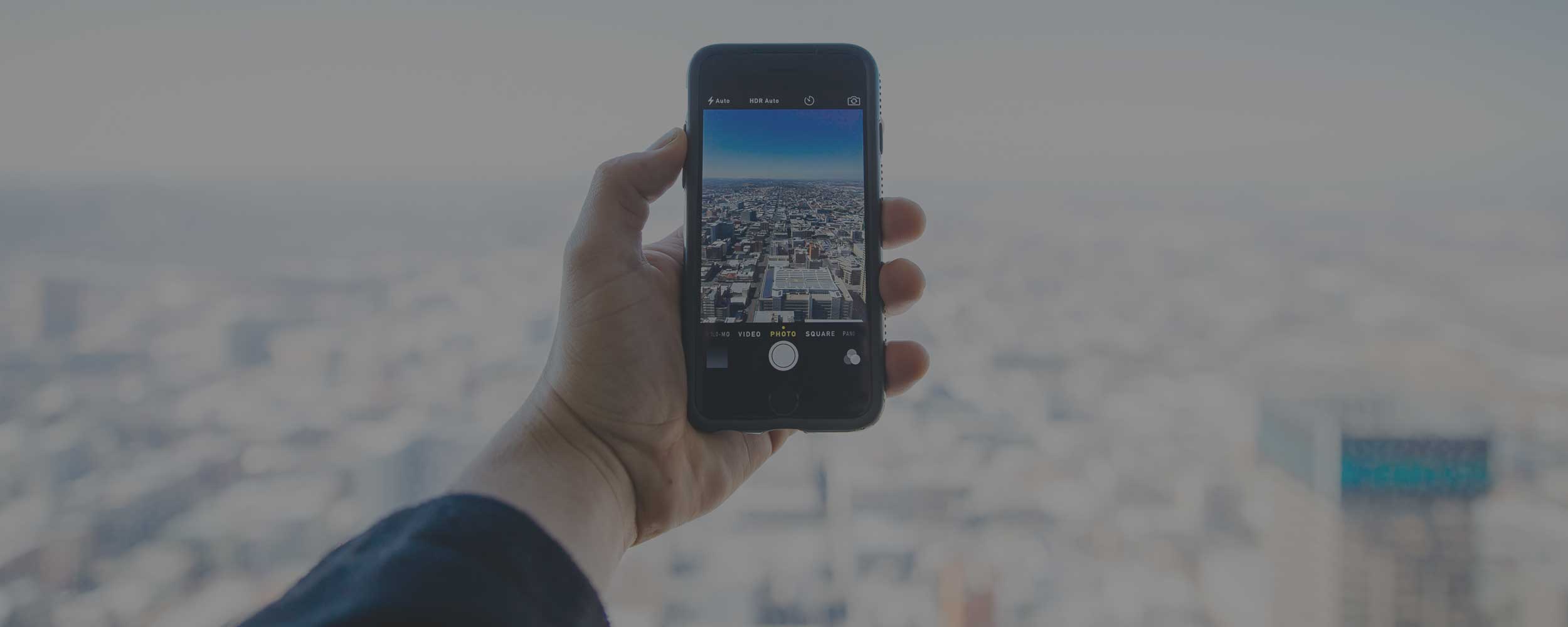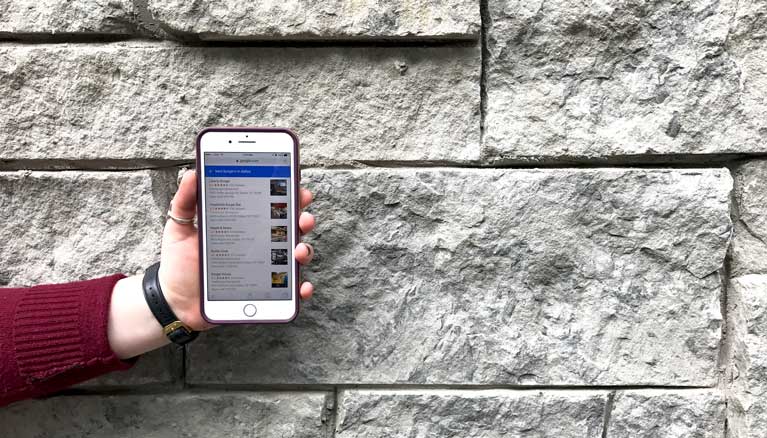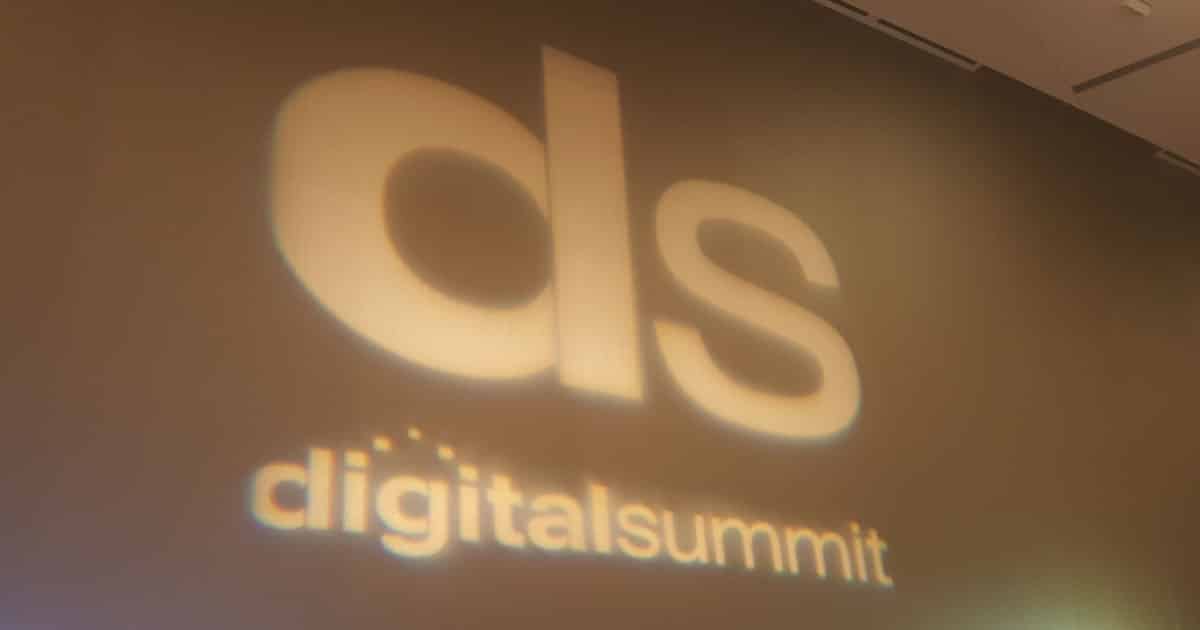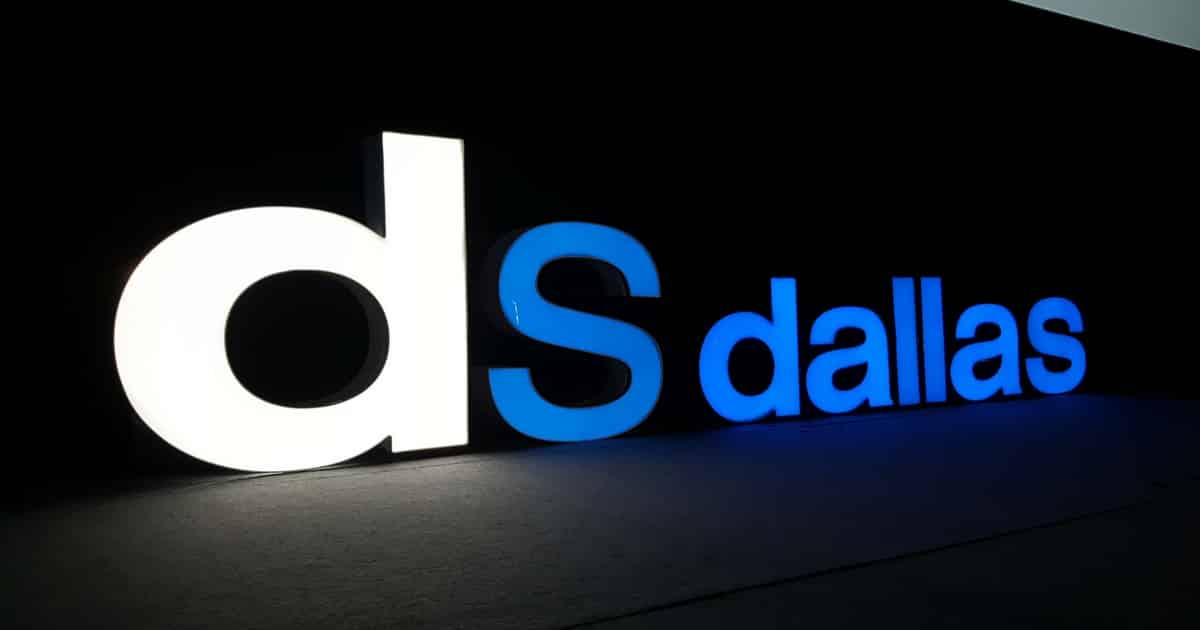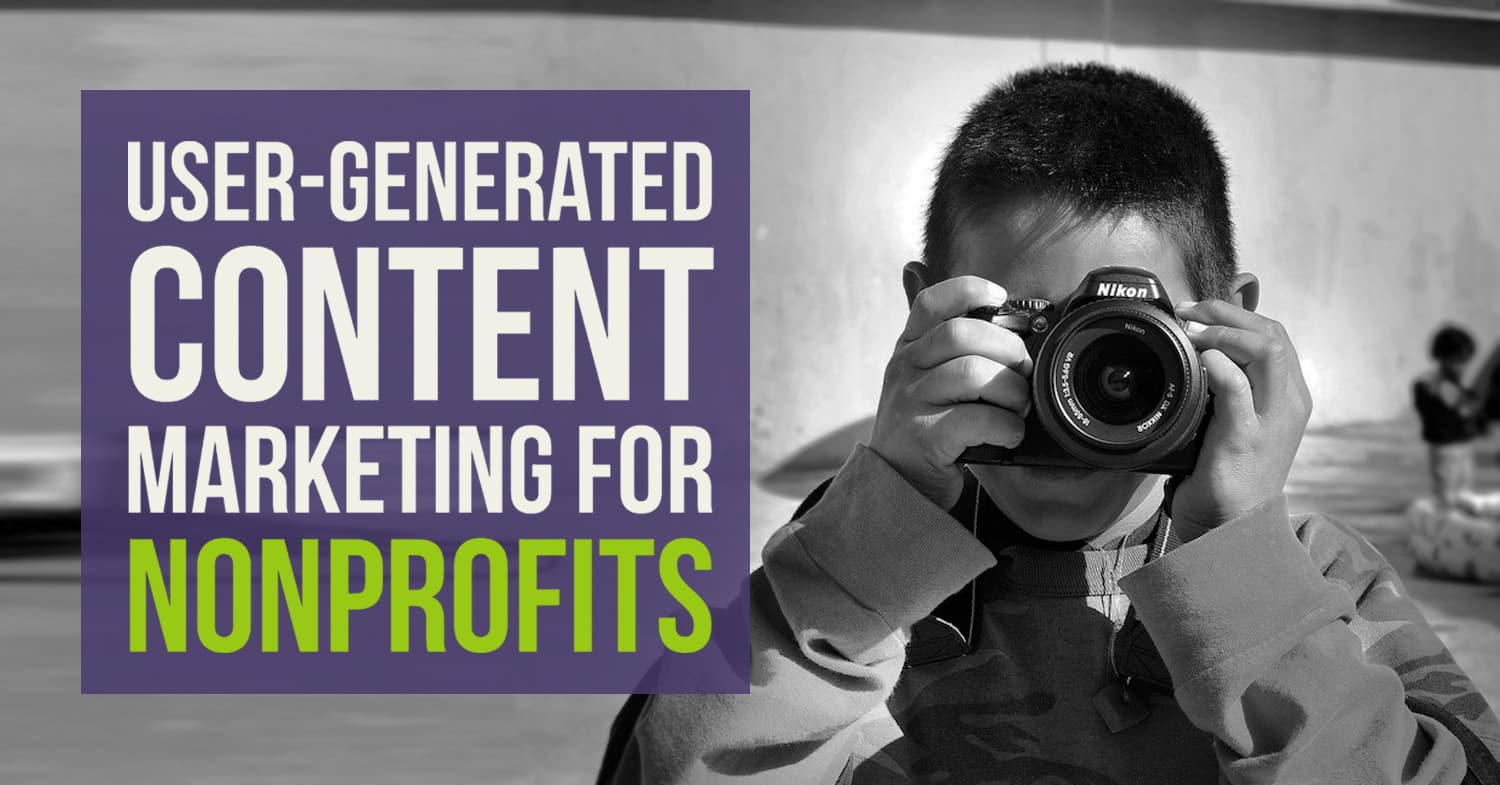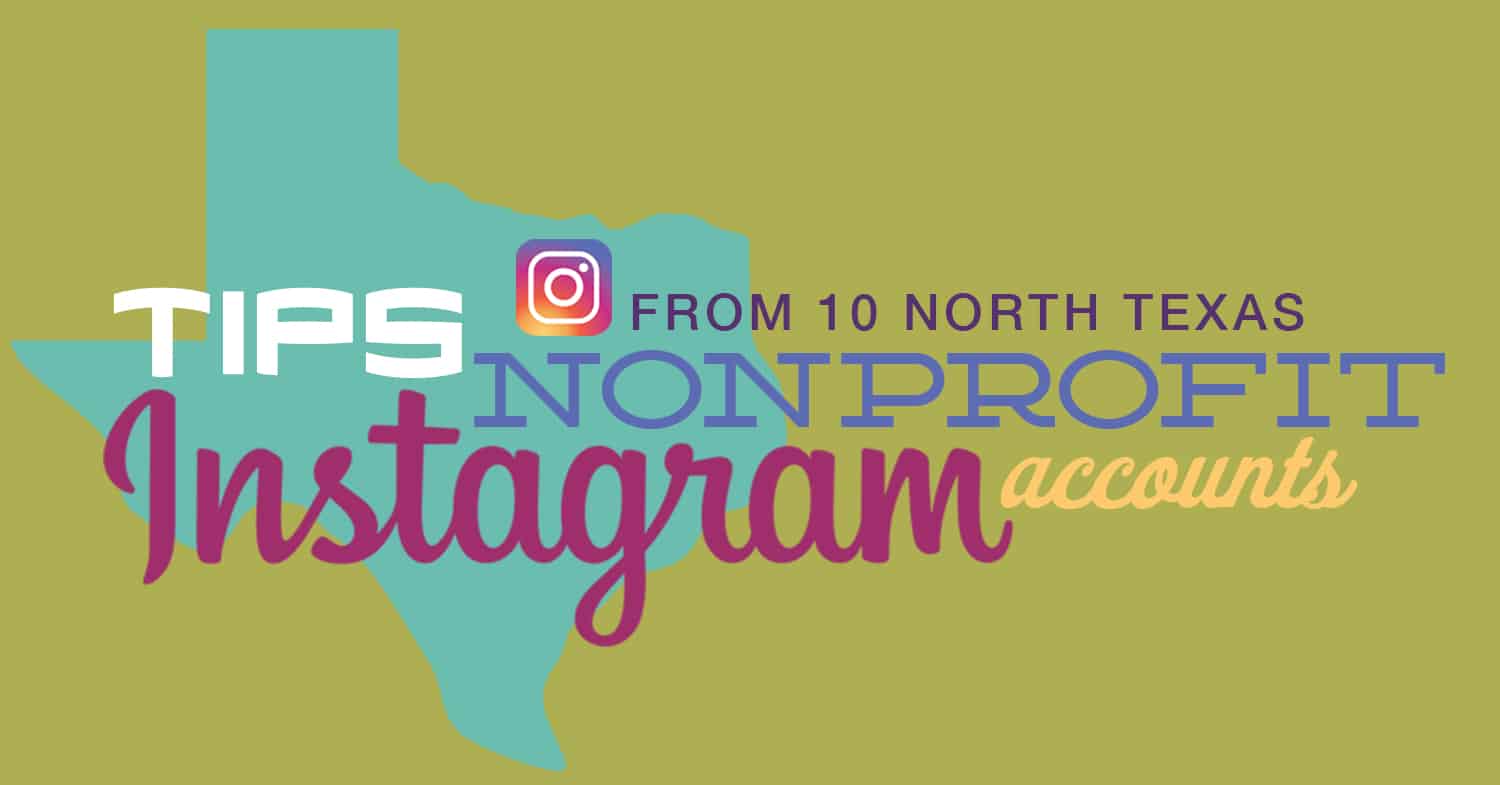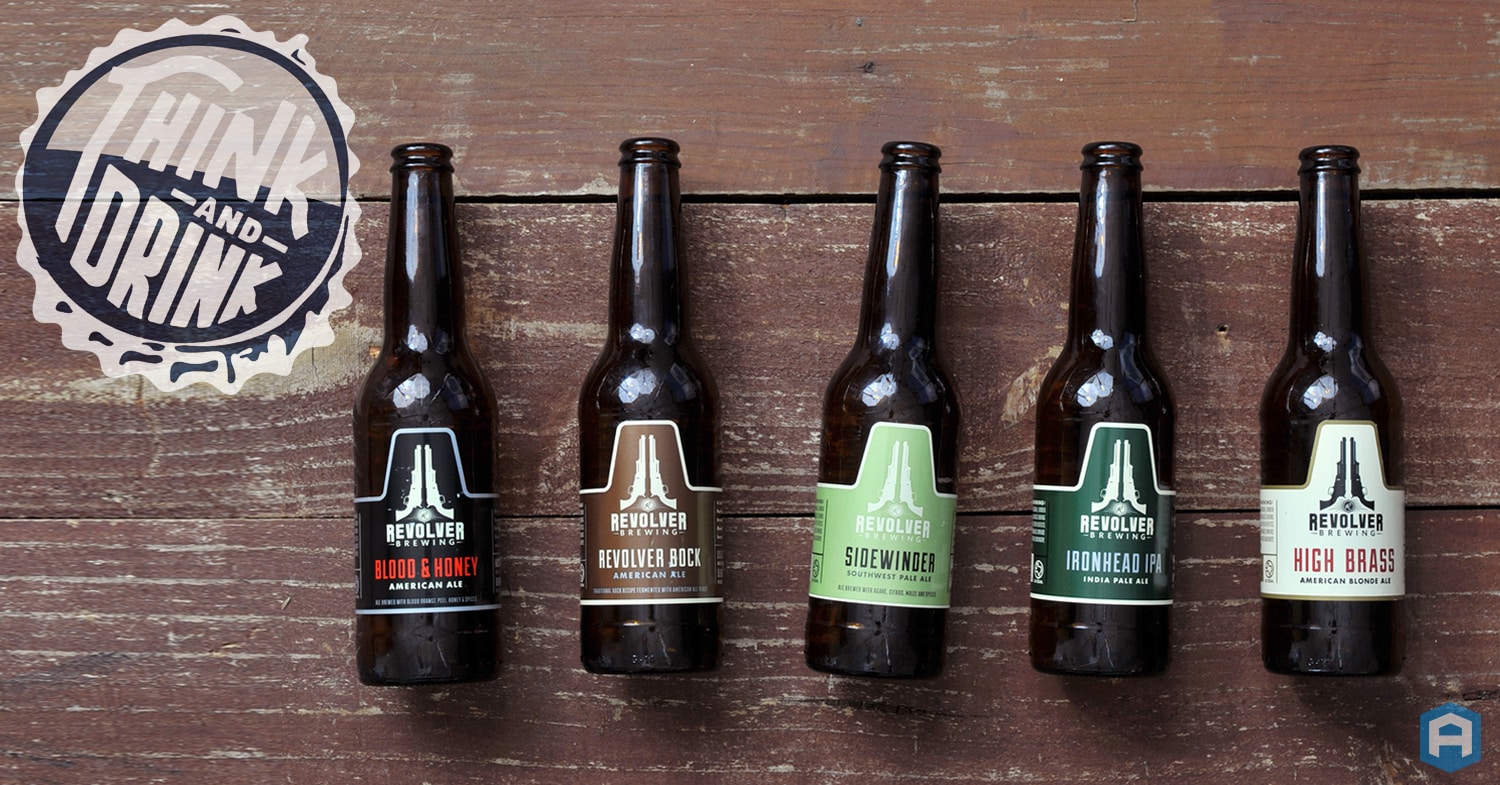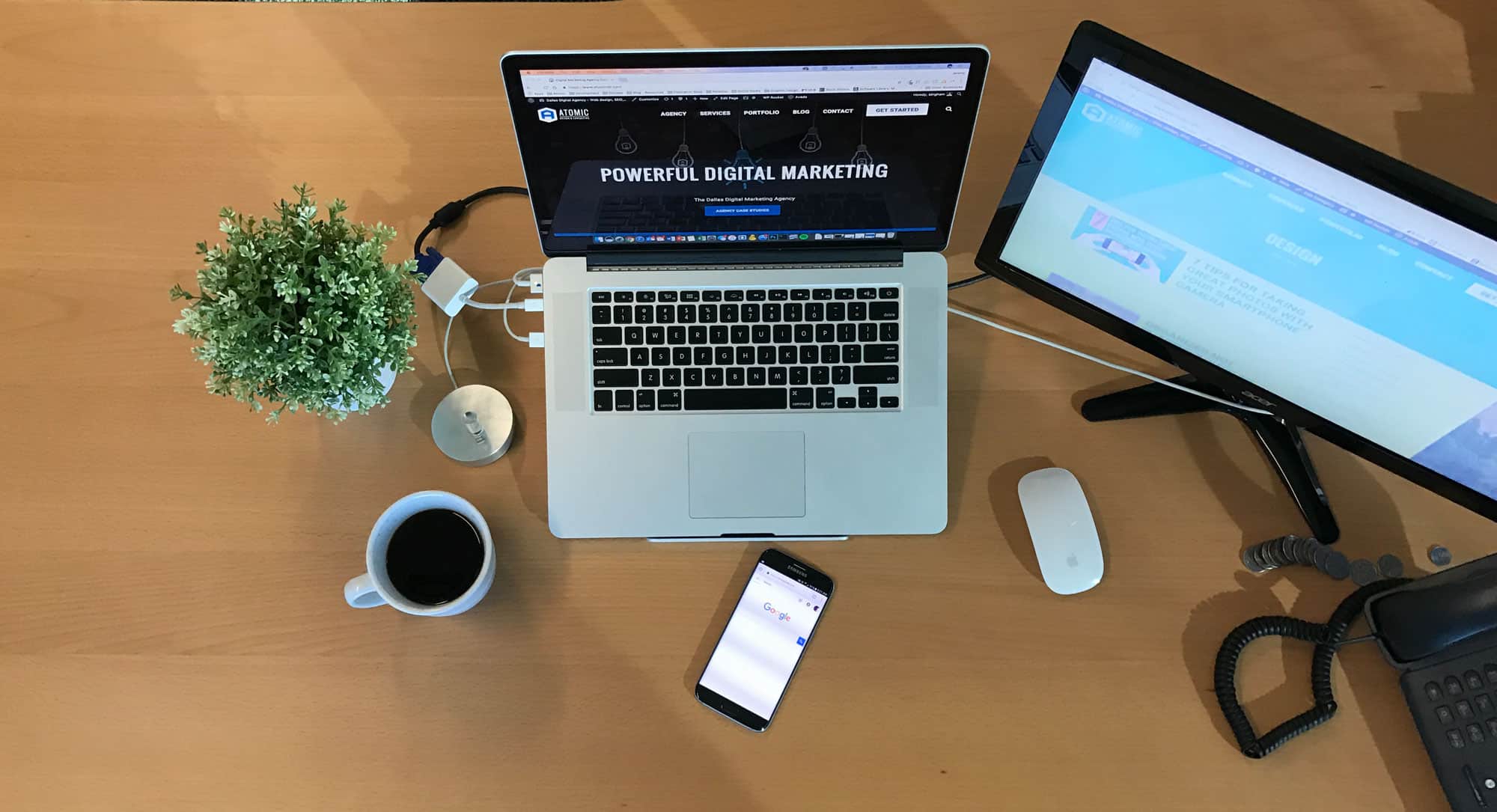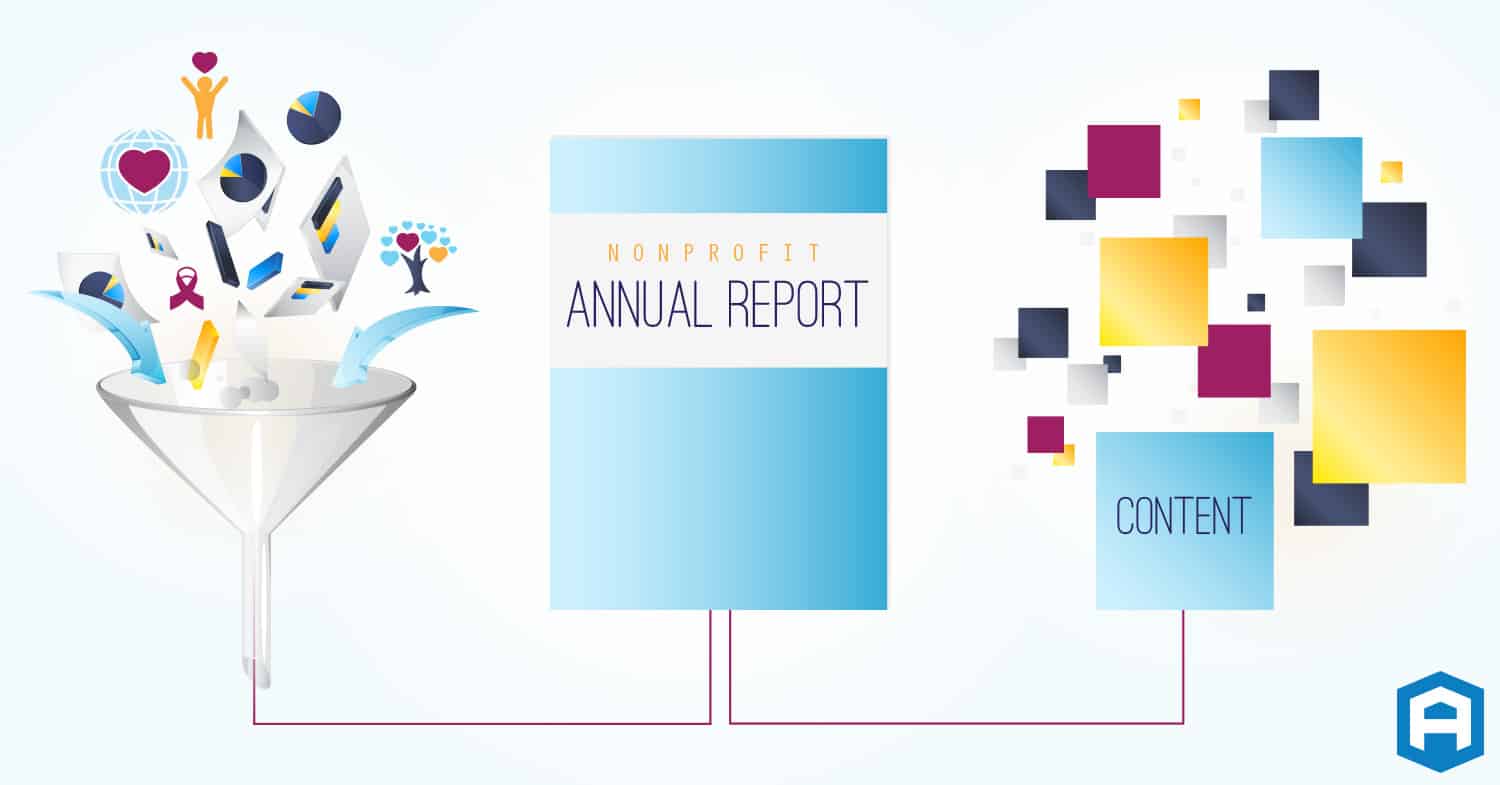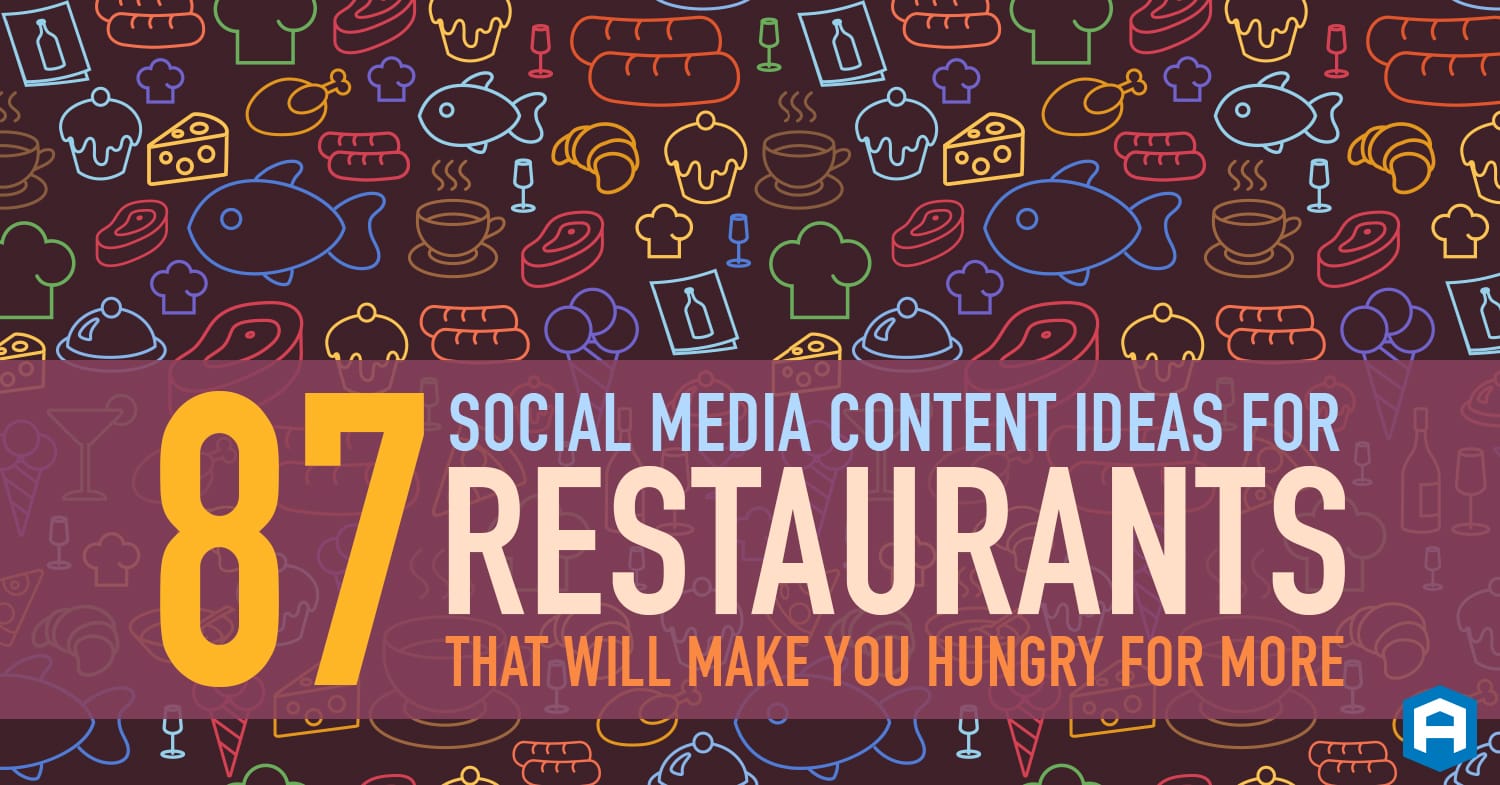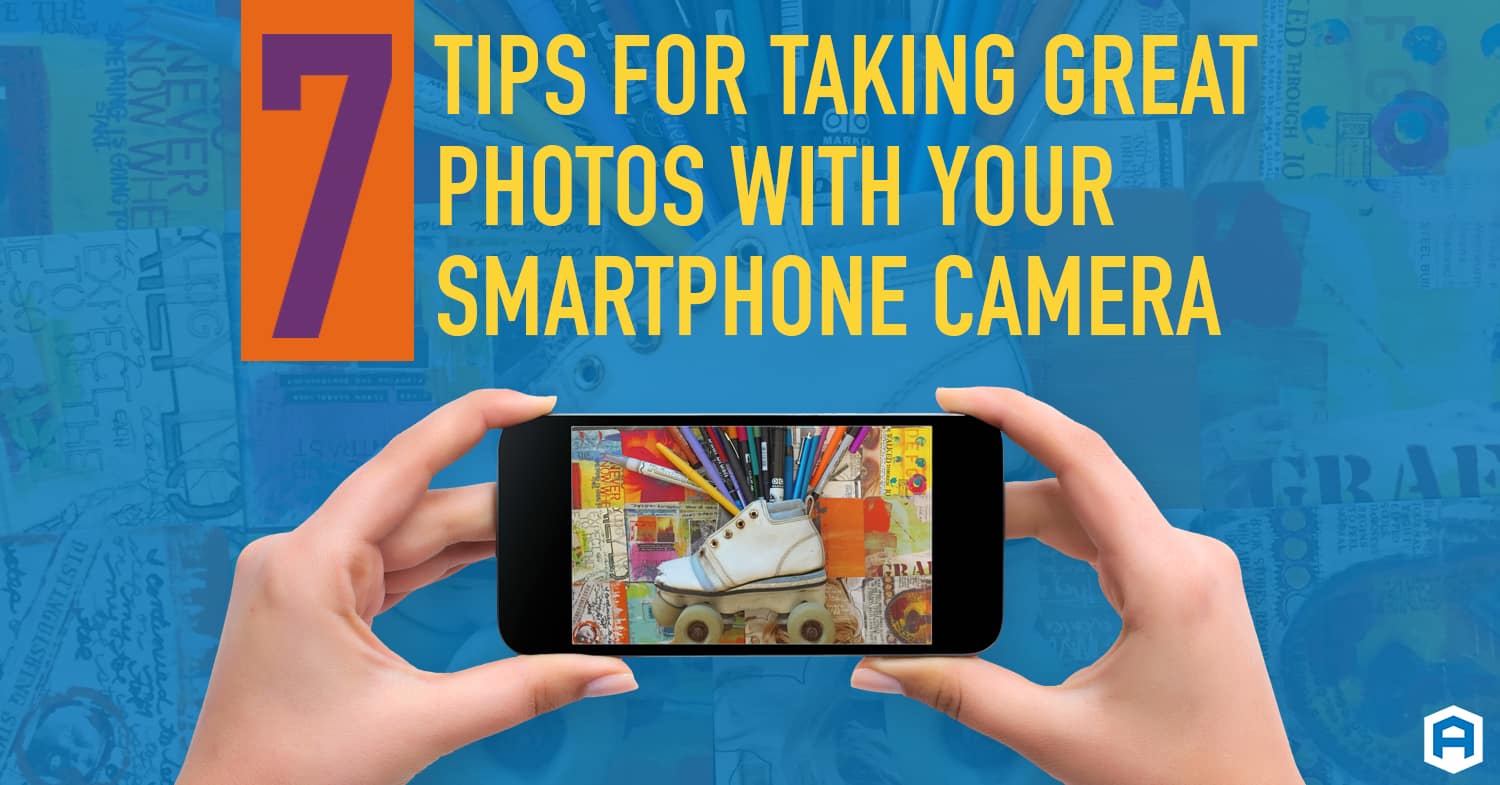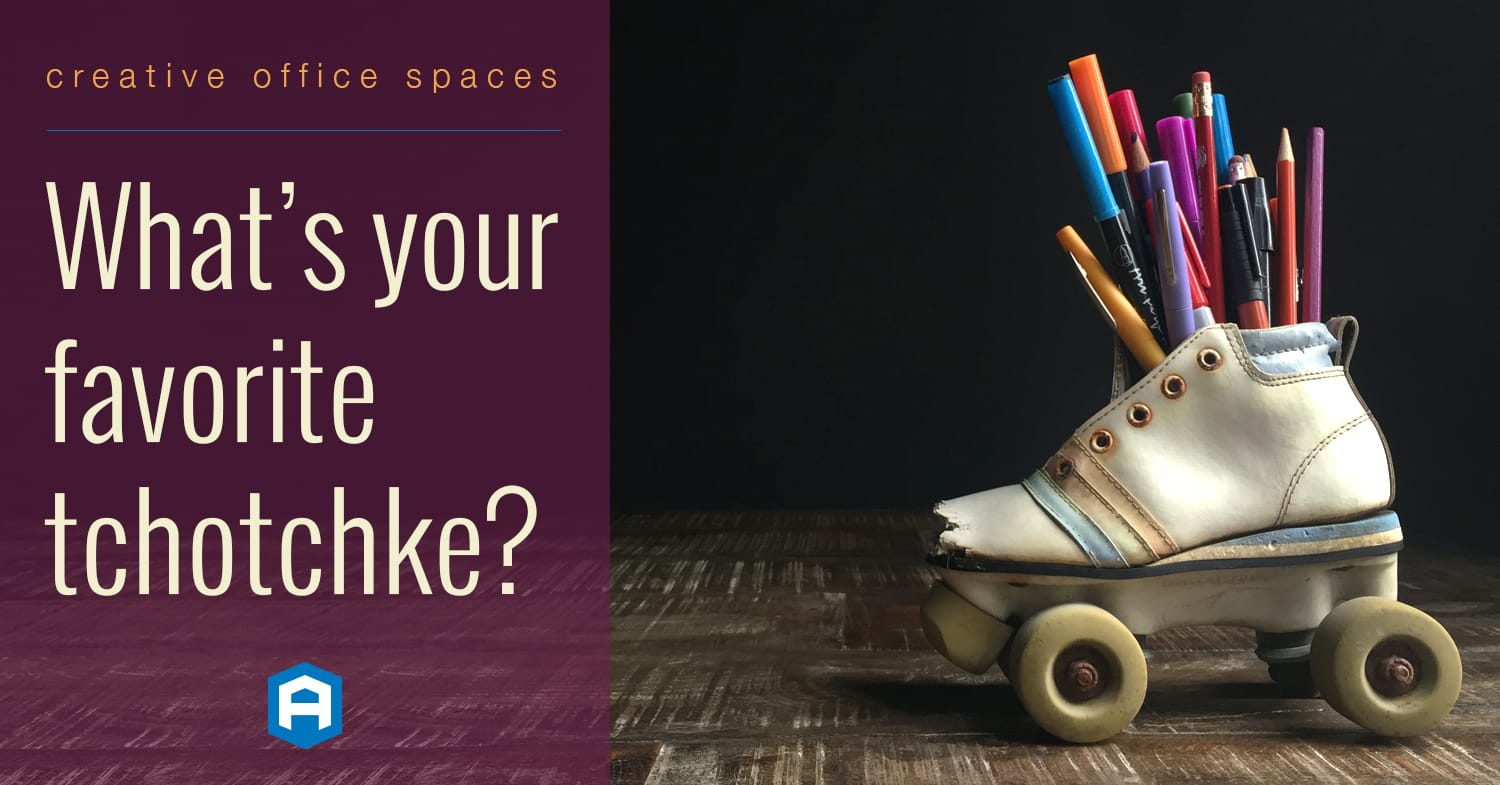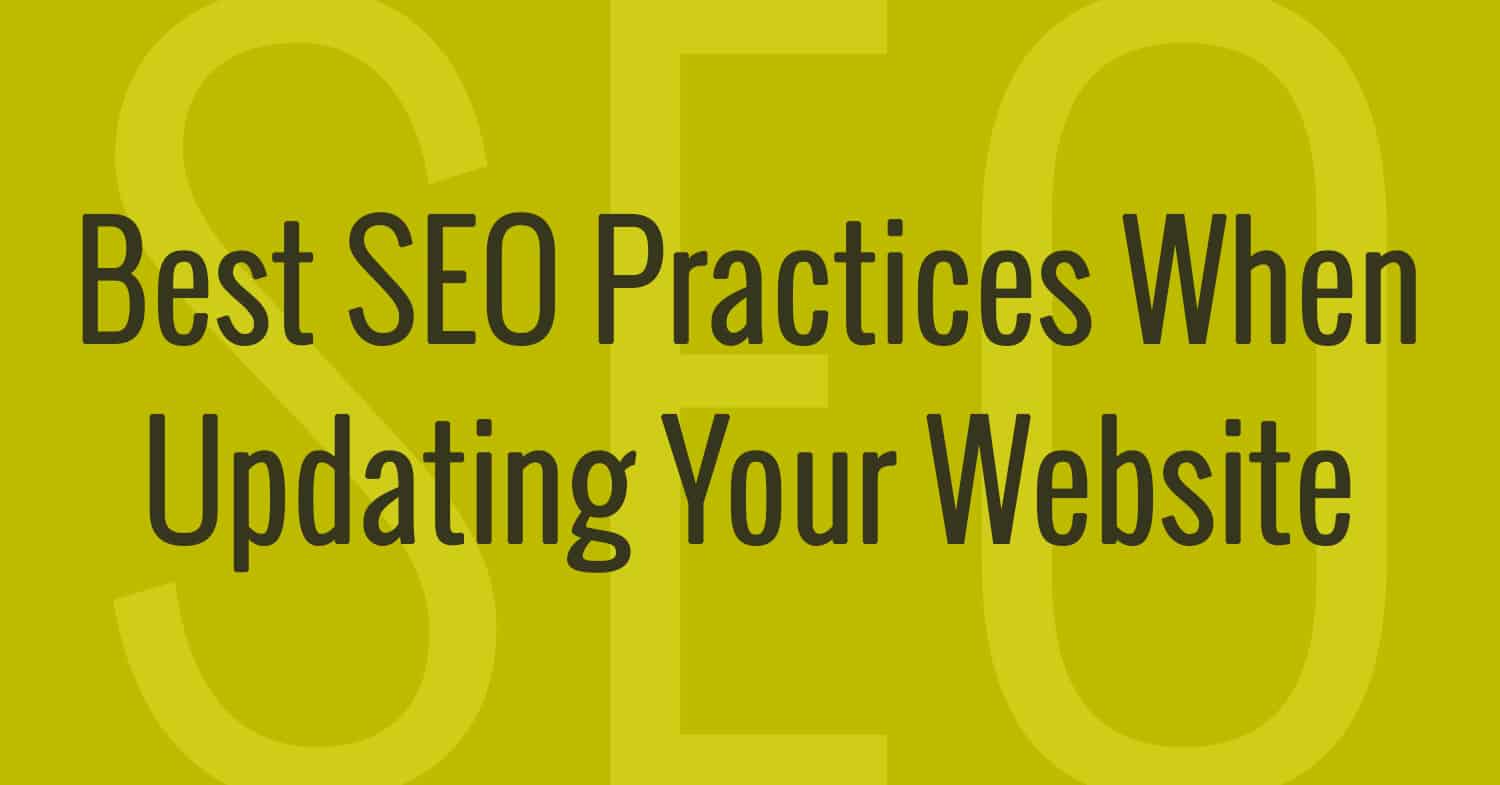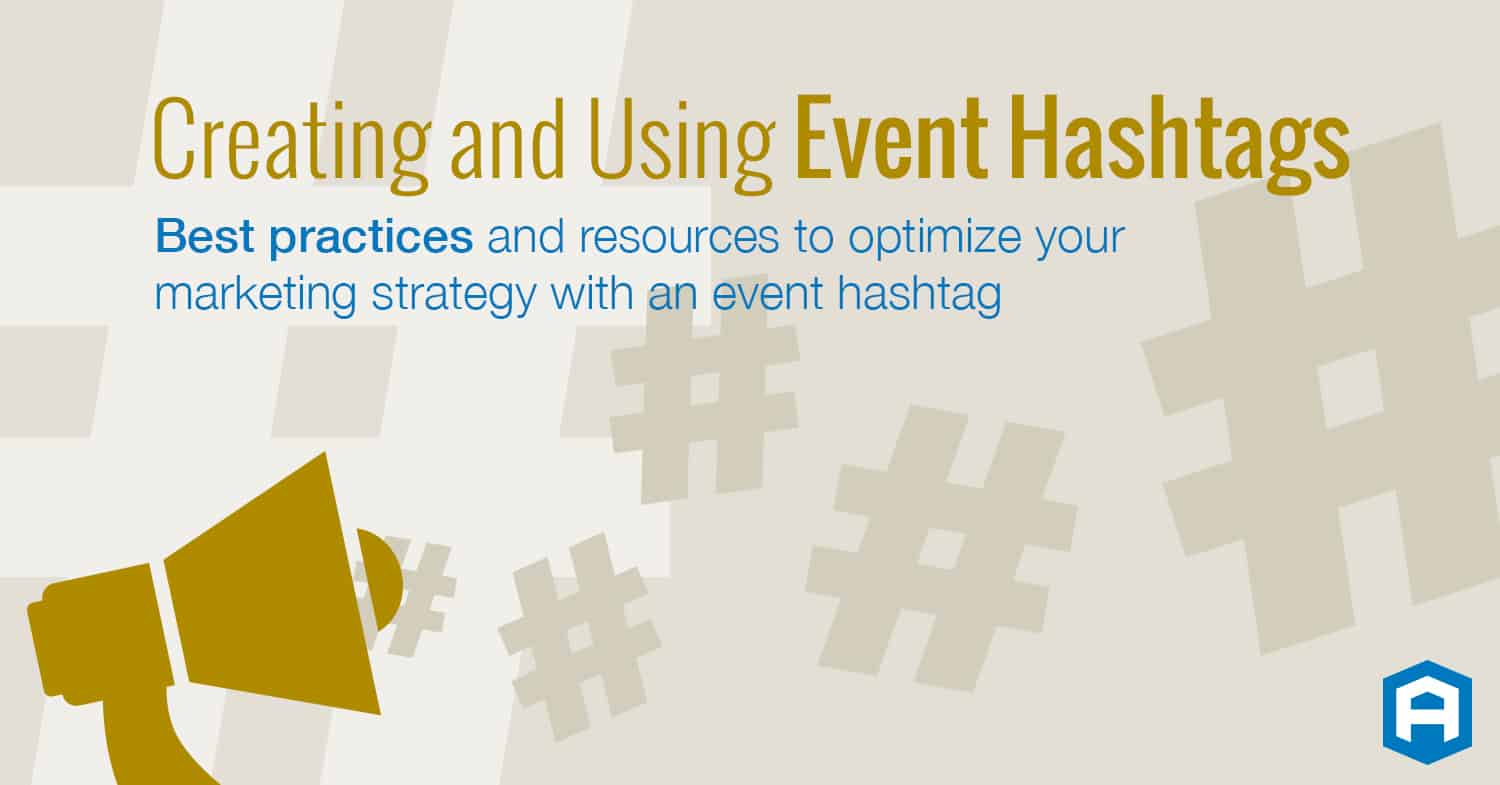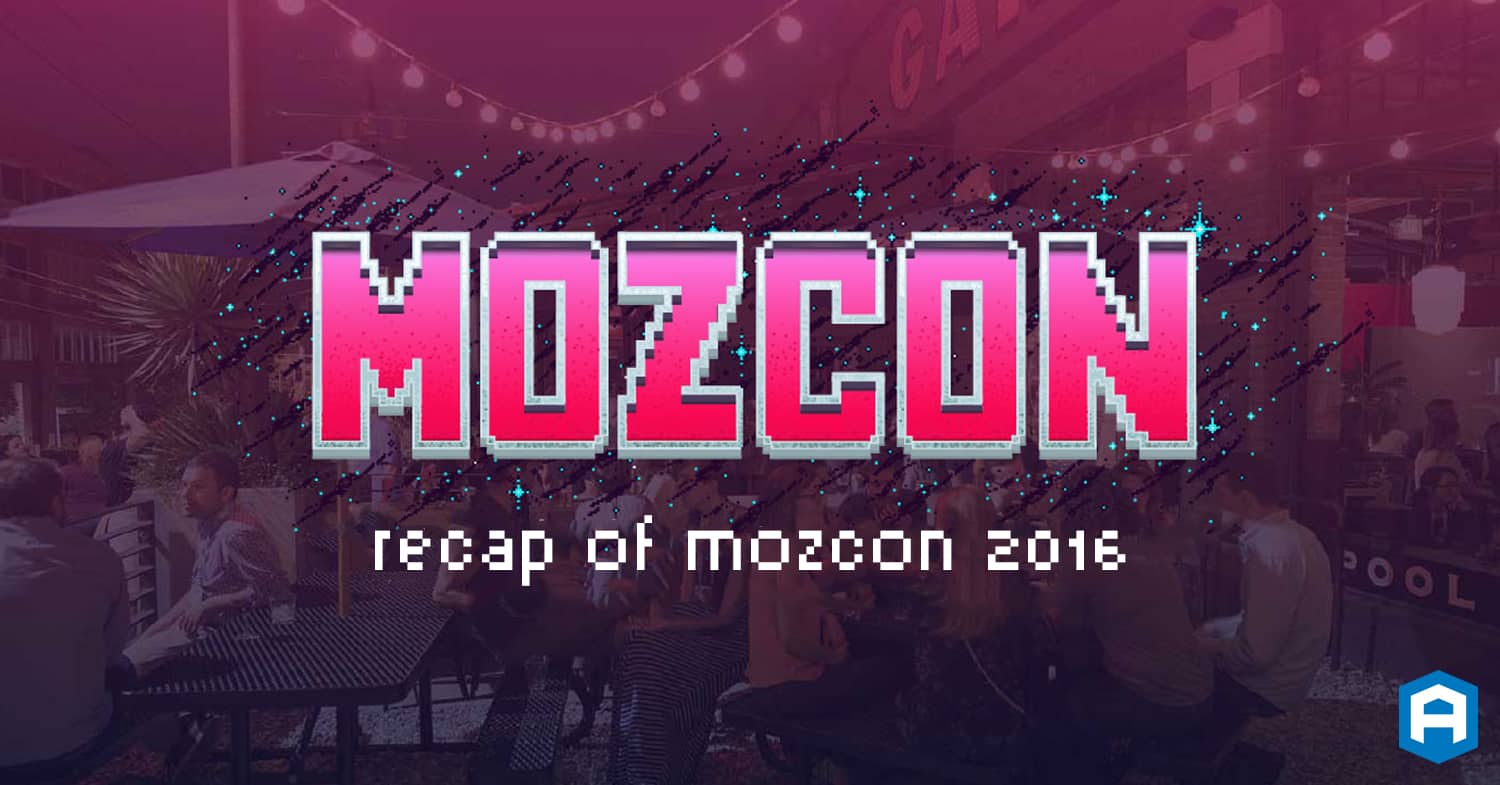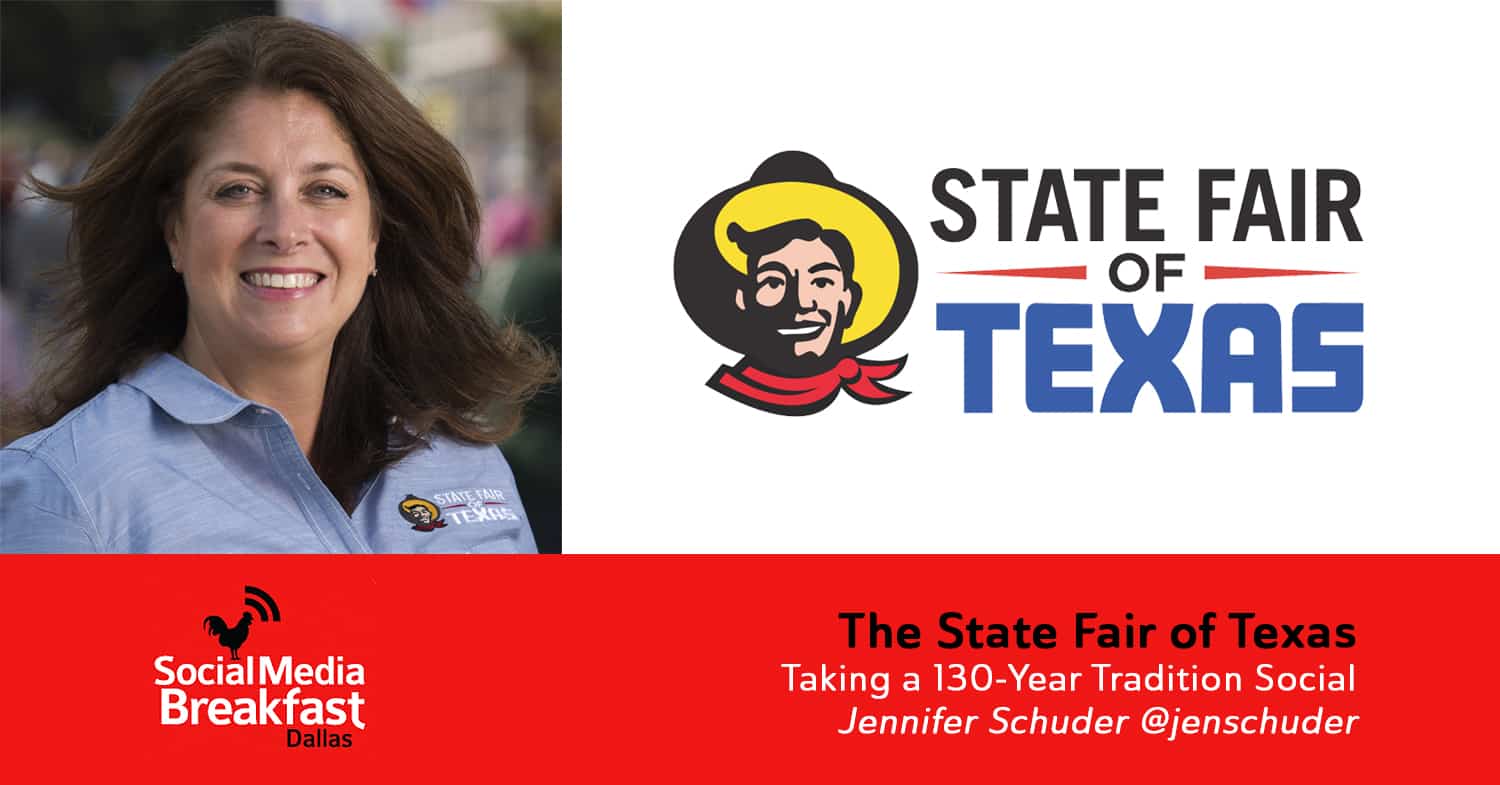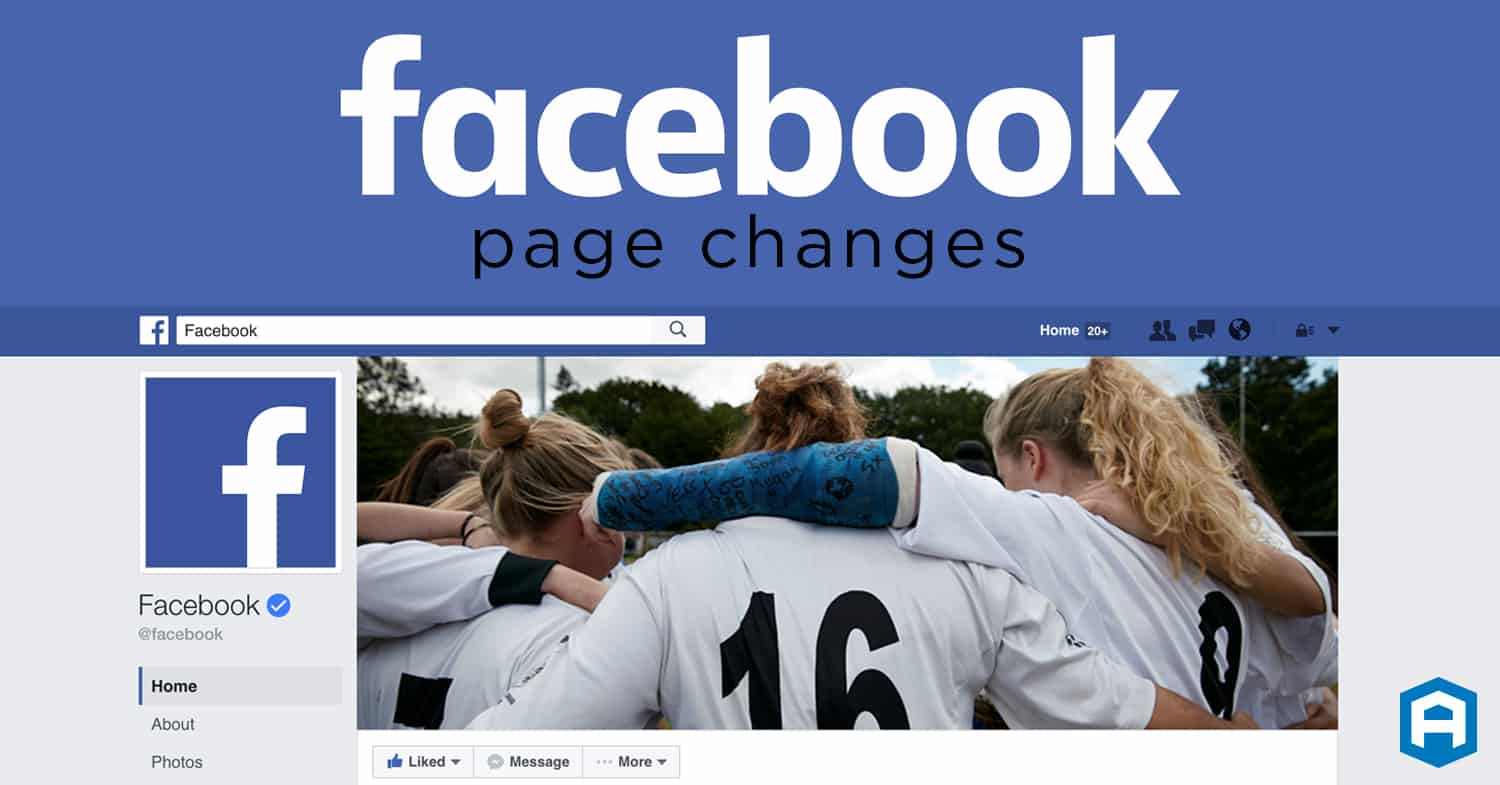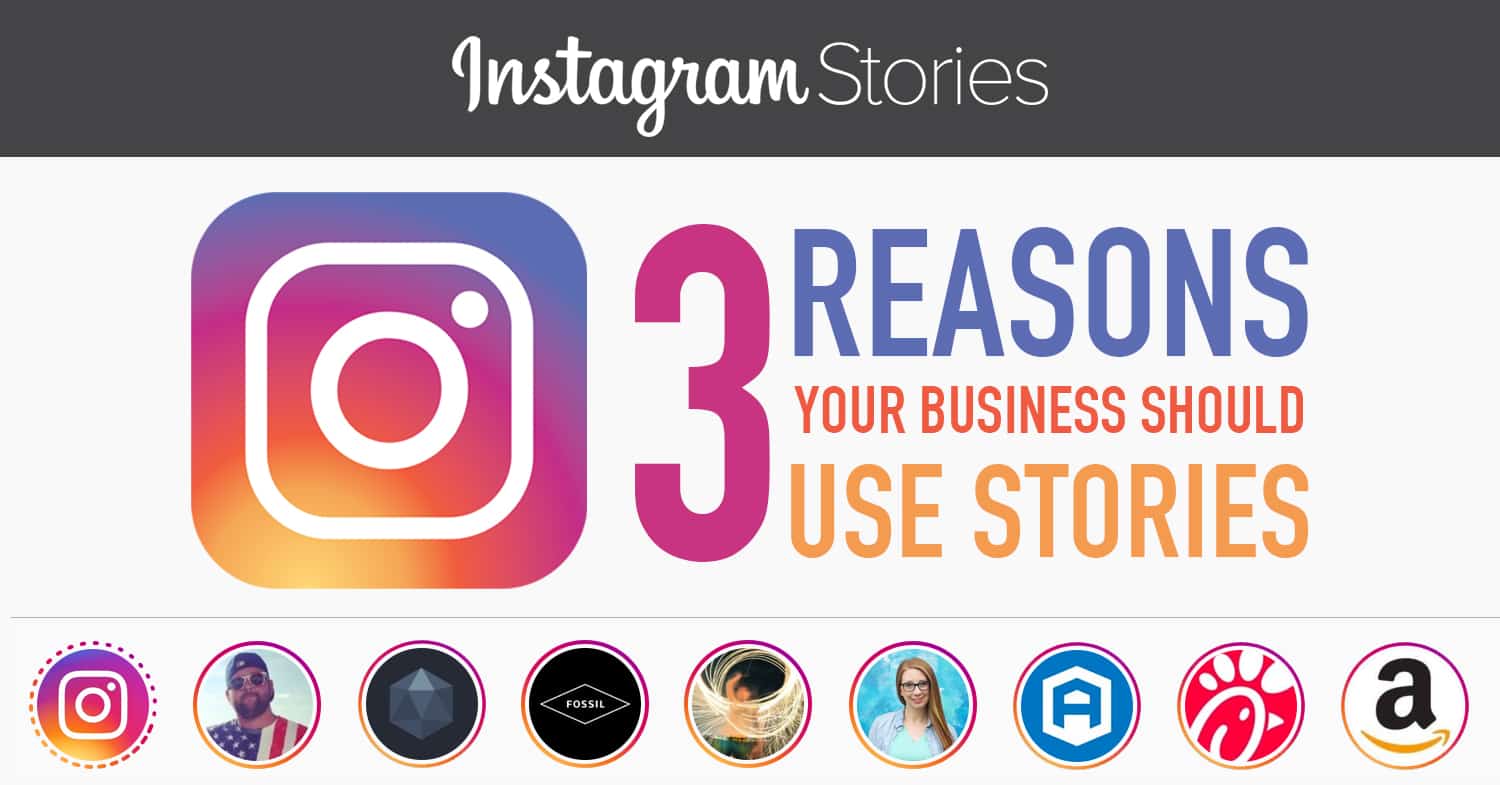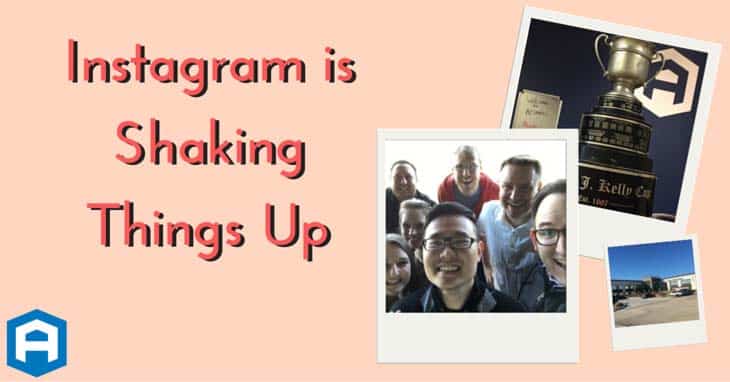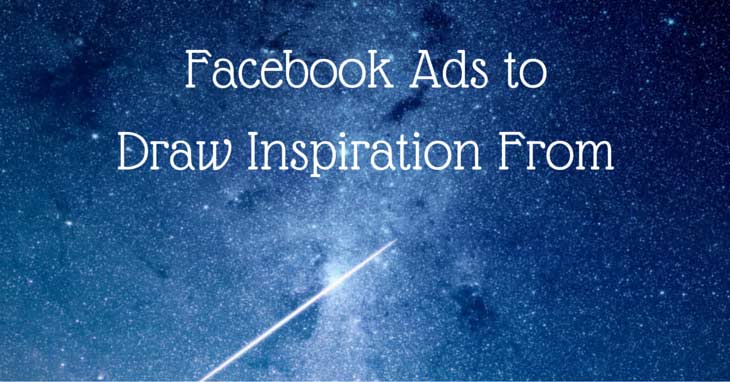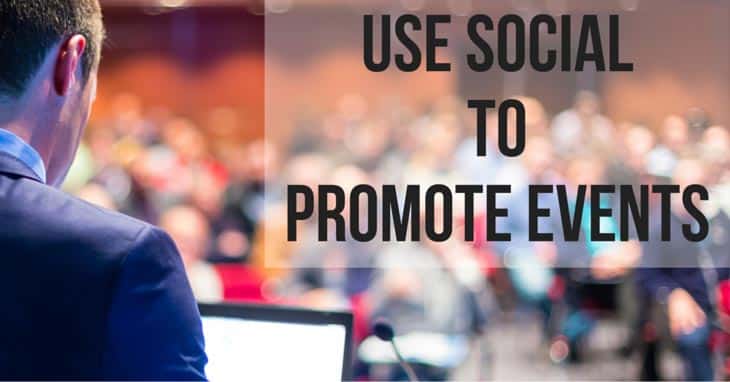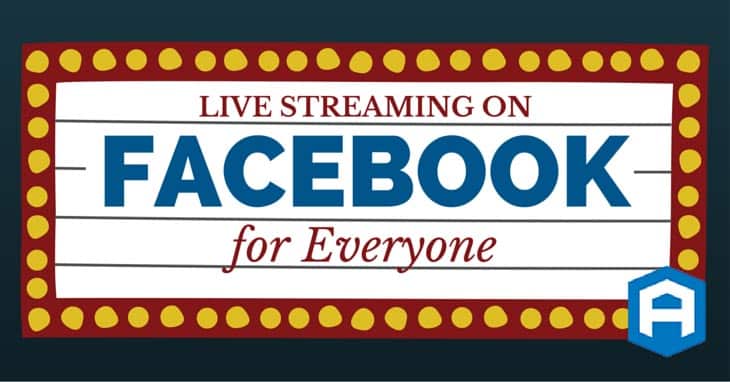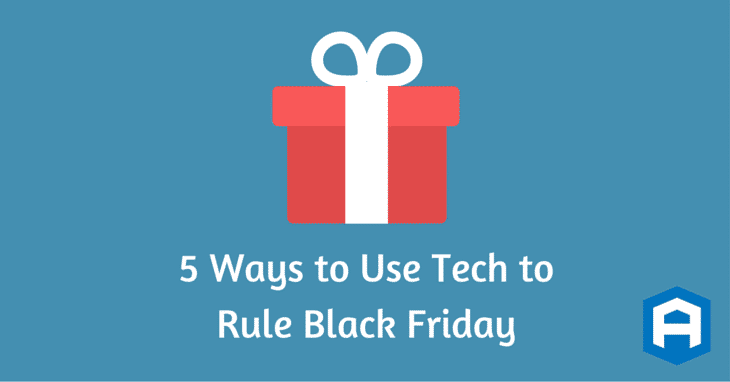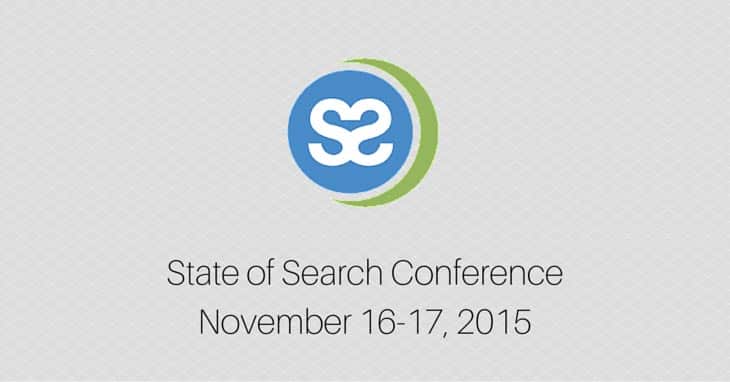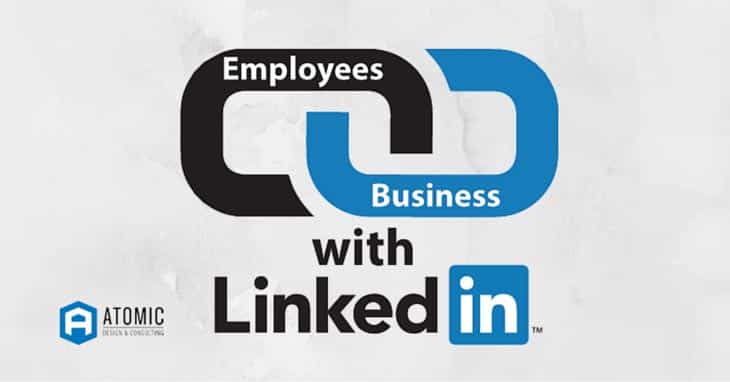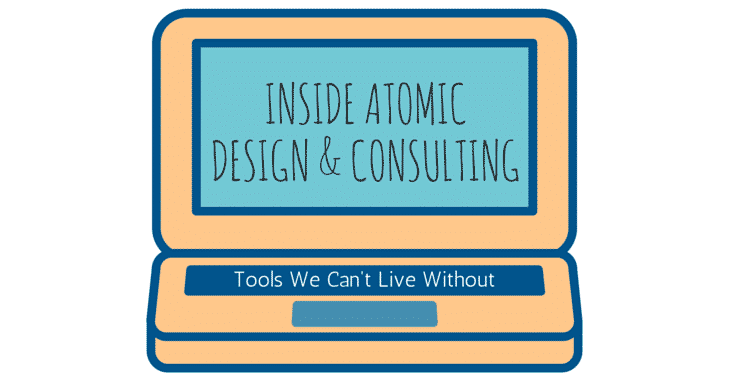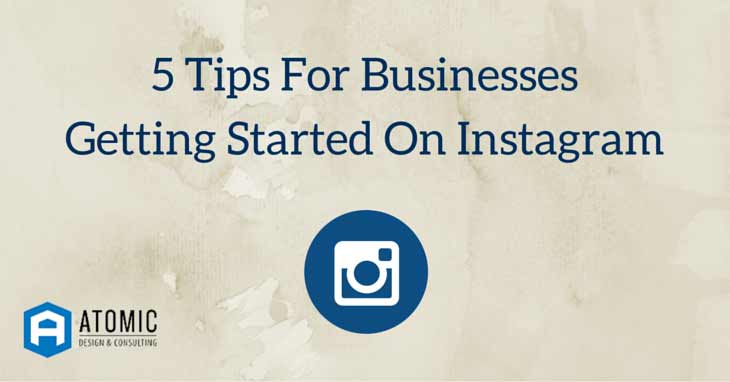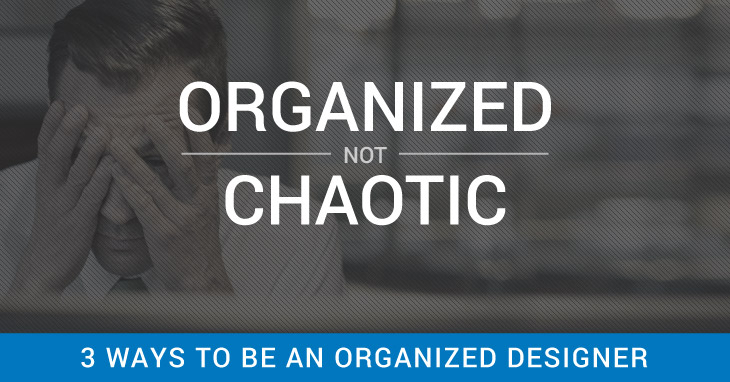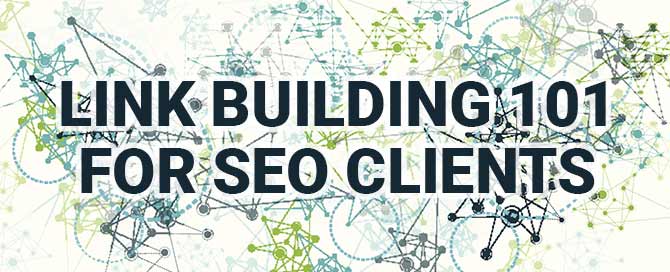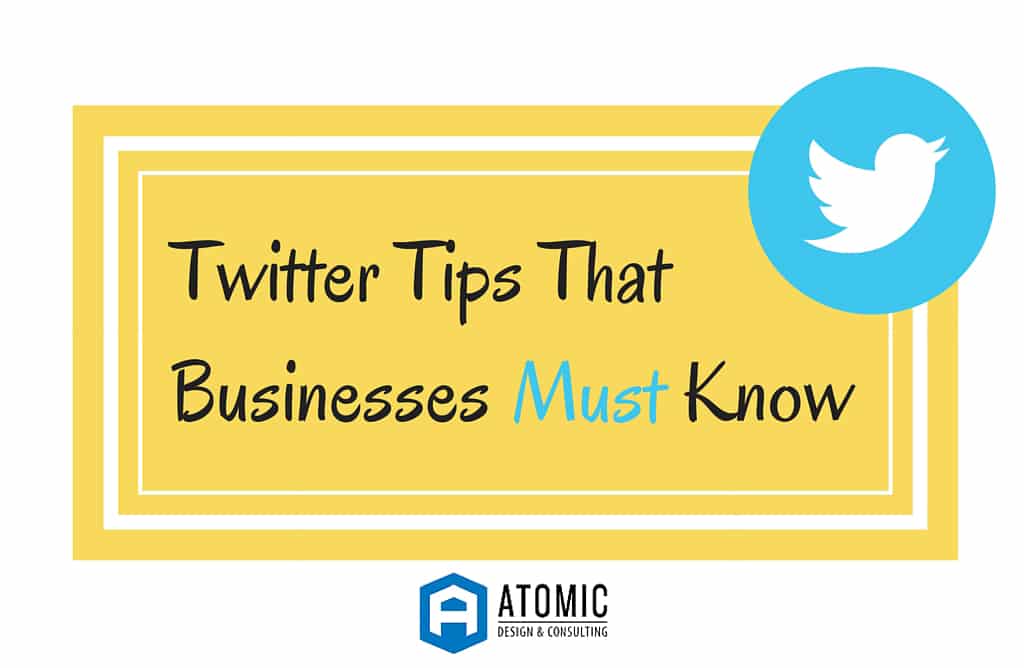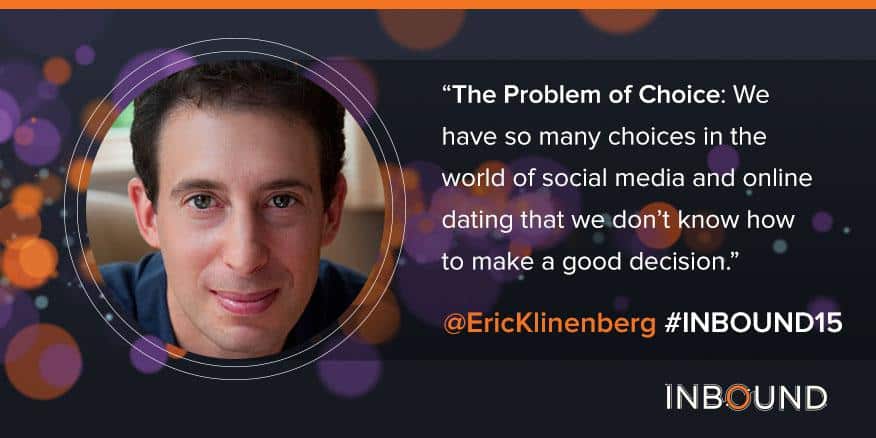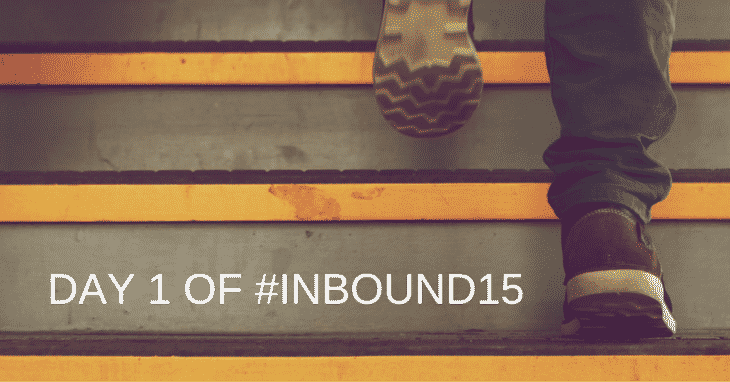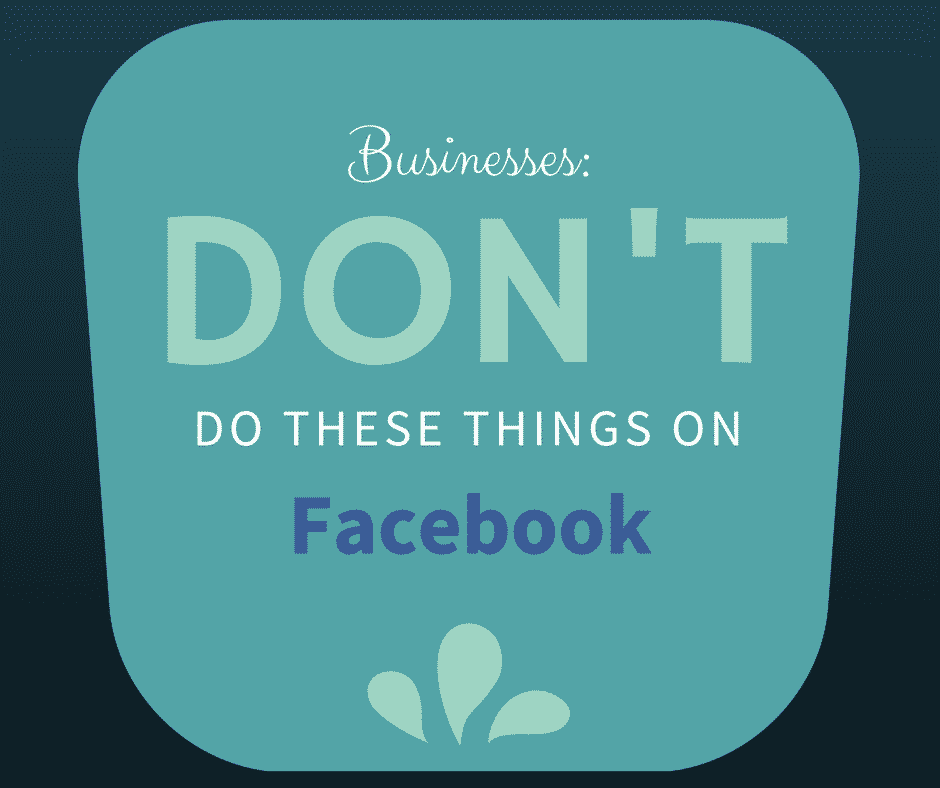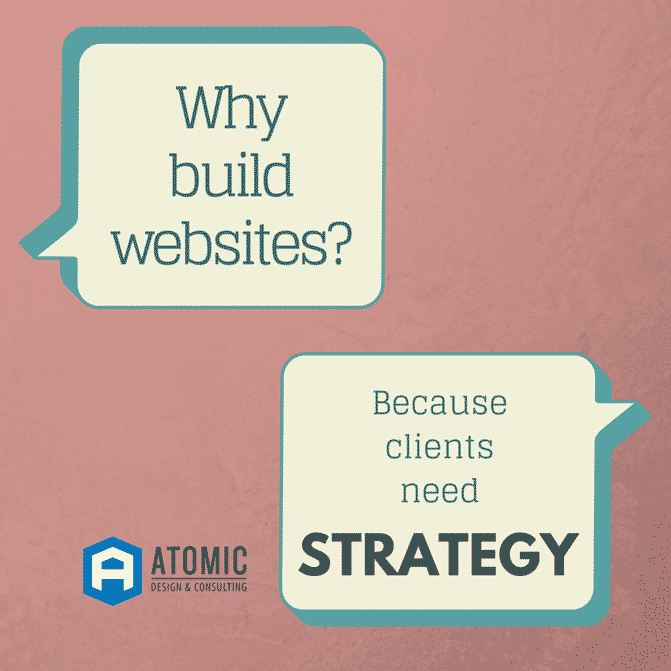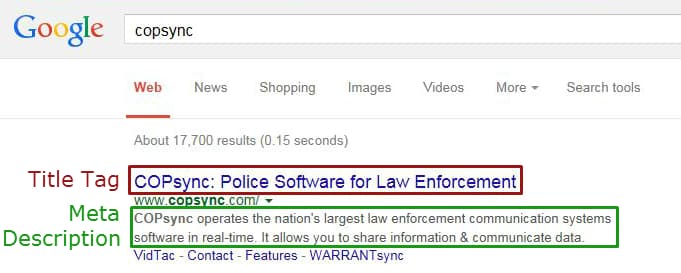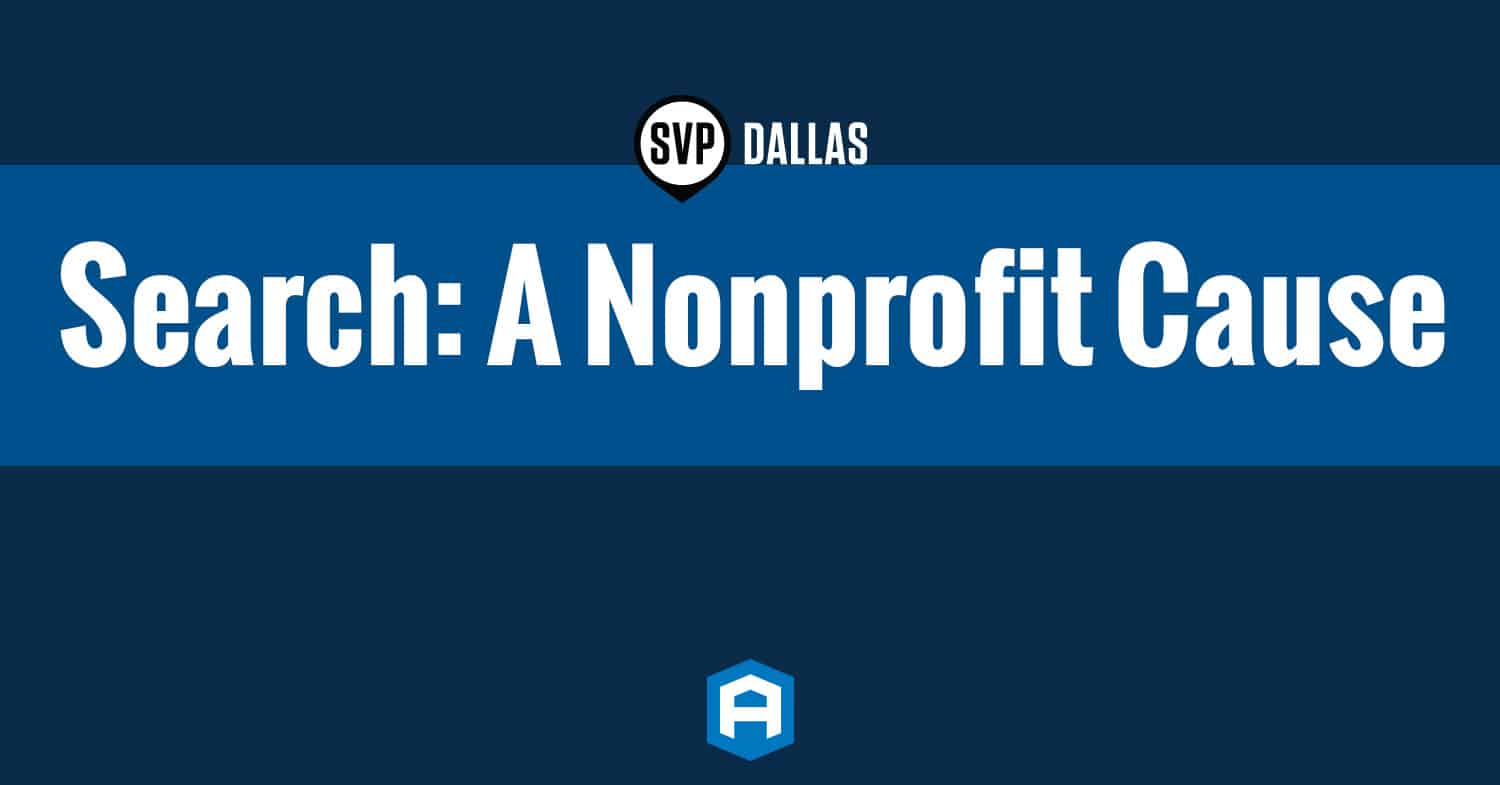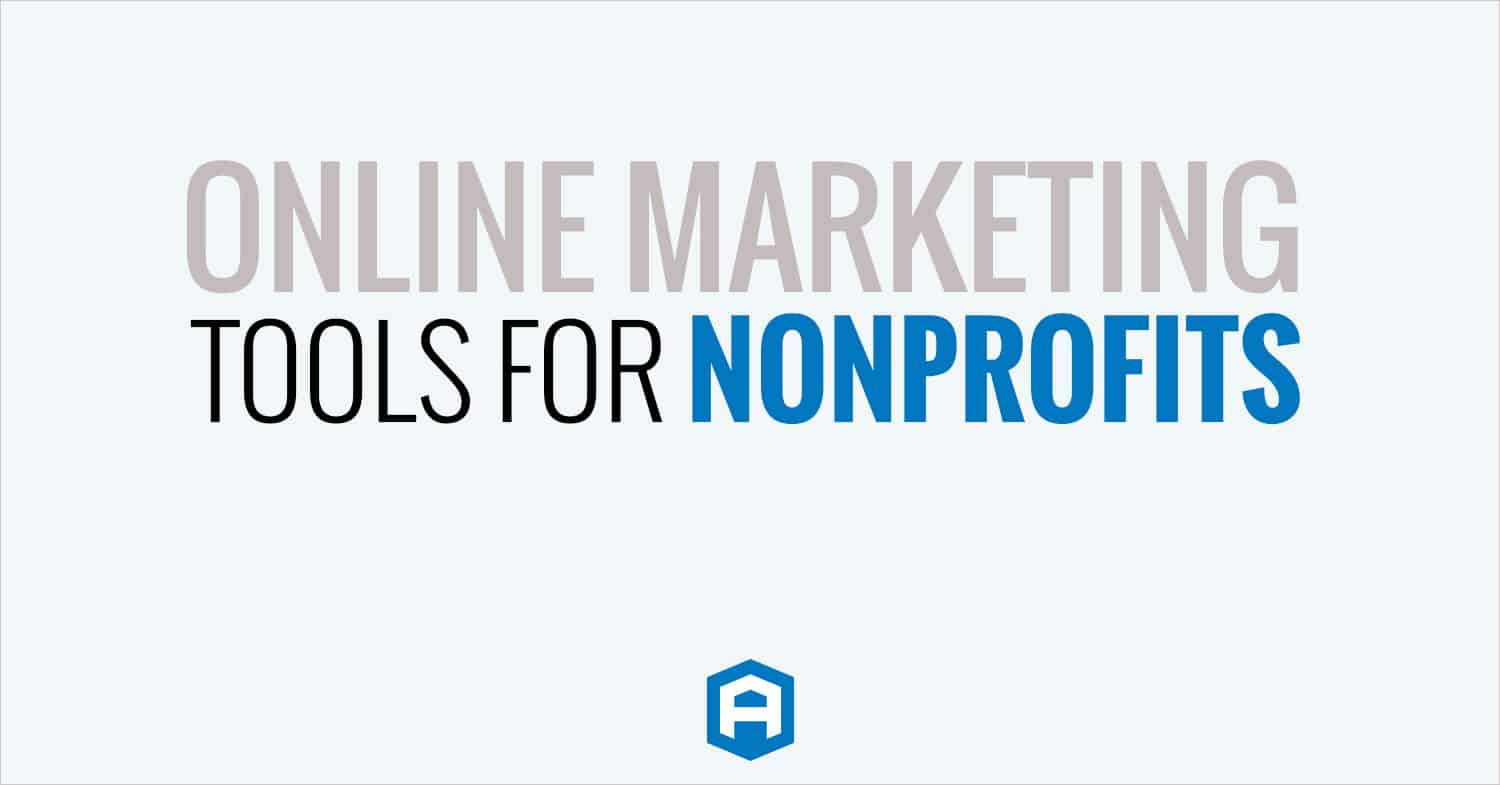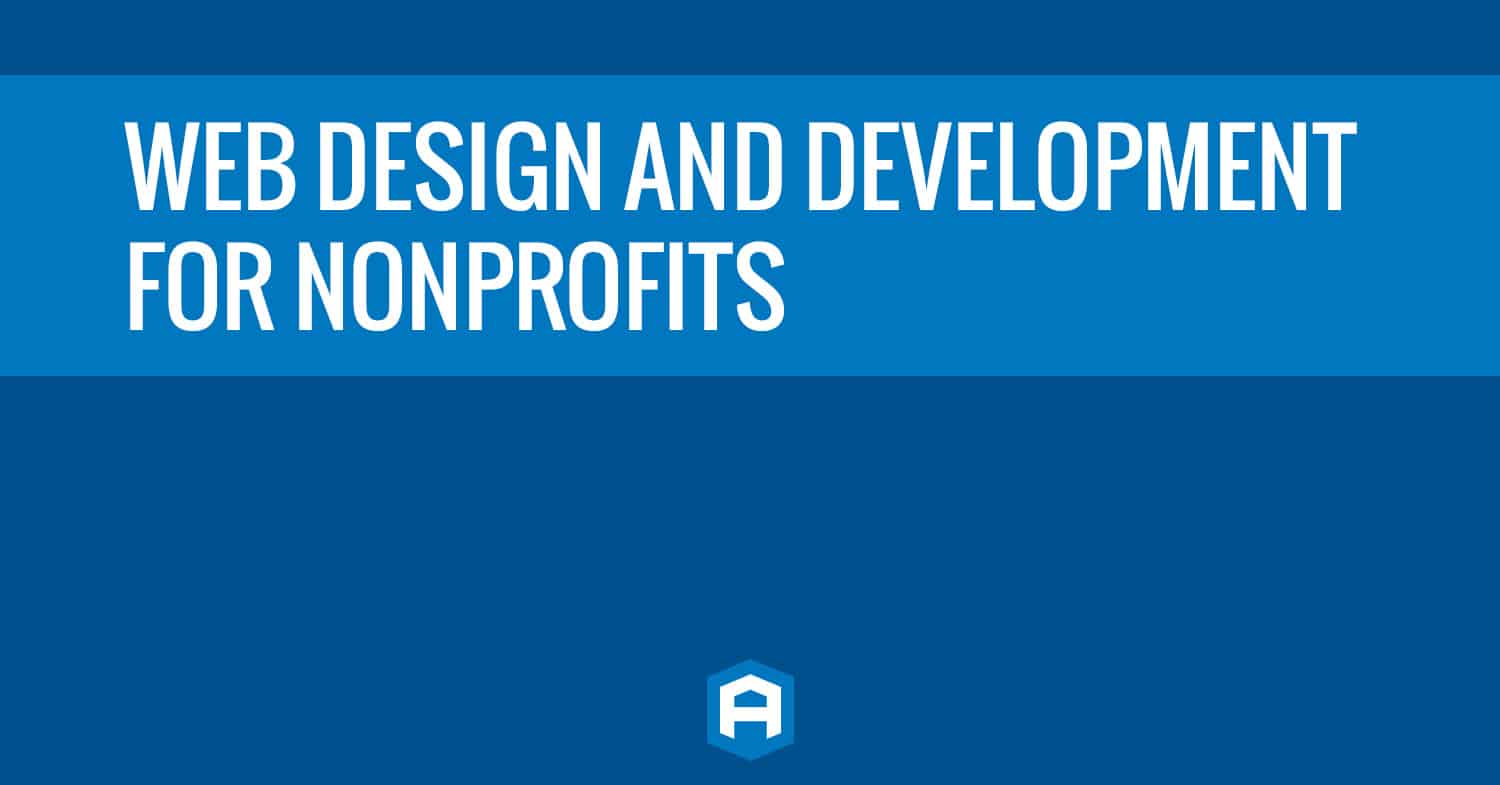Thursday night, twelve lives were taken and several were wounded at the Century 16 Theater in Aurora, CO, when a gunman opened fire during the midnight showing of The Dark Knight Rises. Directly after, feeds went live of the heartbreaking story, informing users far-and-wide. Social media became a fundamental crutch for family members and strangers alike, seeking information and updates.
How did you hear about this awful event? Was it through a media like television and radio, or a less traditional source? I had been preparing for bed, reading through my Twitter feed one last time before getting some shut eye for the next work day. All of a sudden my Twitter feed became bombarded with hashtags of #Aurora, #Colorado, #Shooting, and so on. I sprung out of bed, wondering what happened and turned on the TV. Sure enough, there was live coverage of the event on the local news.
Social Media’s role was vital in telling family members and friends that one was ok after escaping the theater. Red Cross even tweeted to remind people to contact their families. (Some even recommended creating an emergency hashtag to be used in future instances.)
The next day, all websites were covering the story, and Facebook was filled with social media vigils and remarks on the event. Businesses offered condolences through their websites and social media platforms like Facebook and Twitter, while Instagram photos depicted memorial photos of those lost. Friends even got together to create memorial pages on Facebook in each victim’s name, contributing personal photos, videos and stories of their lost loved one on the memorial page’s wall.
One of the biggest social media outreaches during this event, though, includes this blog post created by Jordan Ghawi, brother to victim Jessica Ghawi. Jordan had created a post to commemorate and memorialize his sister, who had just survived the Toronto mall shooting the month prior, blogging about her luck and fortune of her intuition in that event. As Jordan’s site continued to increase in traffic and more information came about, he used the social media outreach to his advantage to speak out and keep others informed of newly-released information. Since the shooting that occurred less than a week ago, Jordan has updated his blog several times daily, writing information ranging from personal witness accounts of the event to the prepared memorial service information for his sister. He stayed on top of connecting with his large audience by creating a LiveFyre chat box where people can comment and “listen” in on the story. He also set up a “trackback” feed, where articles and pages that linked to his blog post would be briefly mentioned.
Jordan’s efforts to immortalize the stories of his sister and the other victims while keeping strangers informed of the transforming events is a prime example of how social media is being used during such a difficult time. Throw in the outreach on other blogs (like this mother‘s recount of barely surviving the occurrence with her two girls), viral pictures and videos on Facebook, Twitter, and YouTube, and social media served as the perfect network, connecting not only the U.S. but also people from other countries, as well, to learn and speak about the tragedy.
Learn more about the way that social media helped spread information and to contribute to the lives of those lost at The New York Times: The Lede.
Need Specific Help?
Interested in a specific topic? Review the topics below to get the info, news, and tips you need!

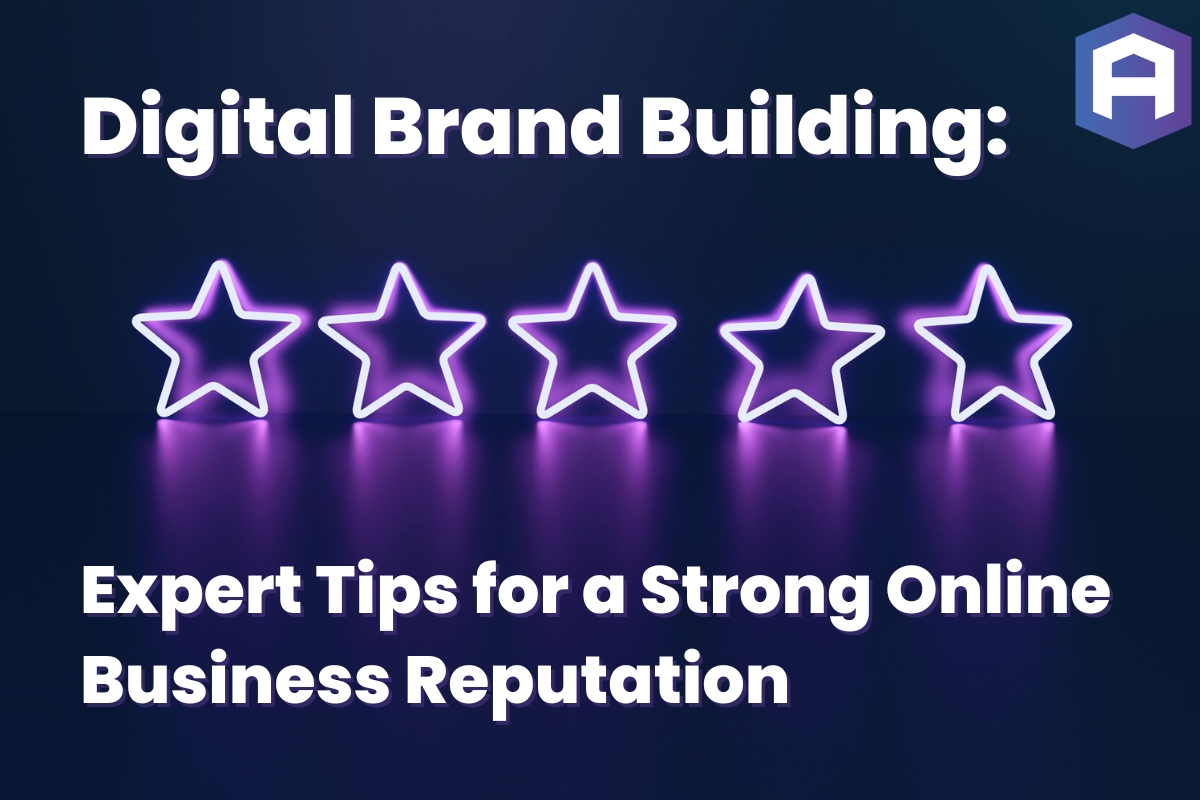





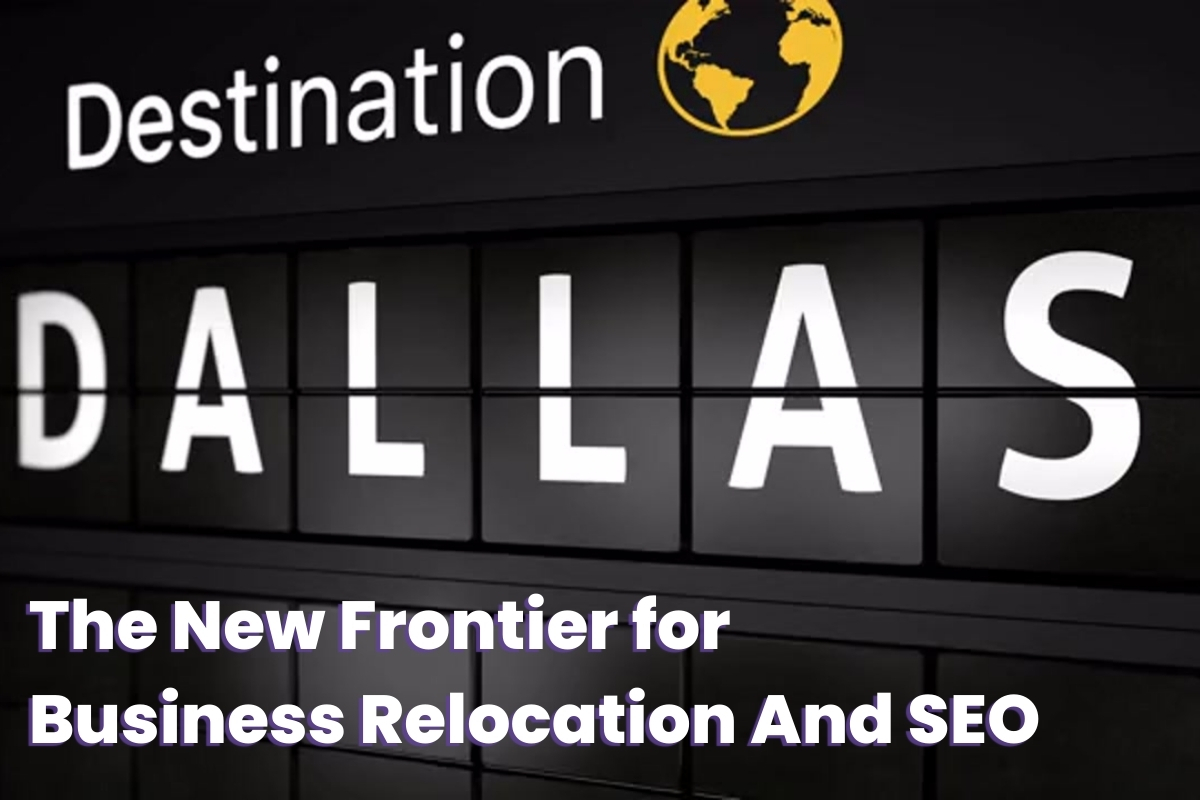
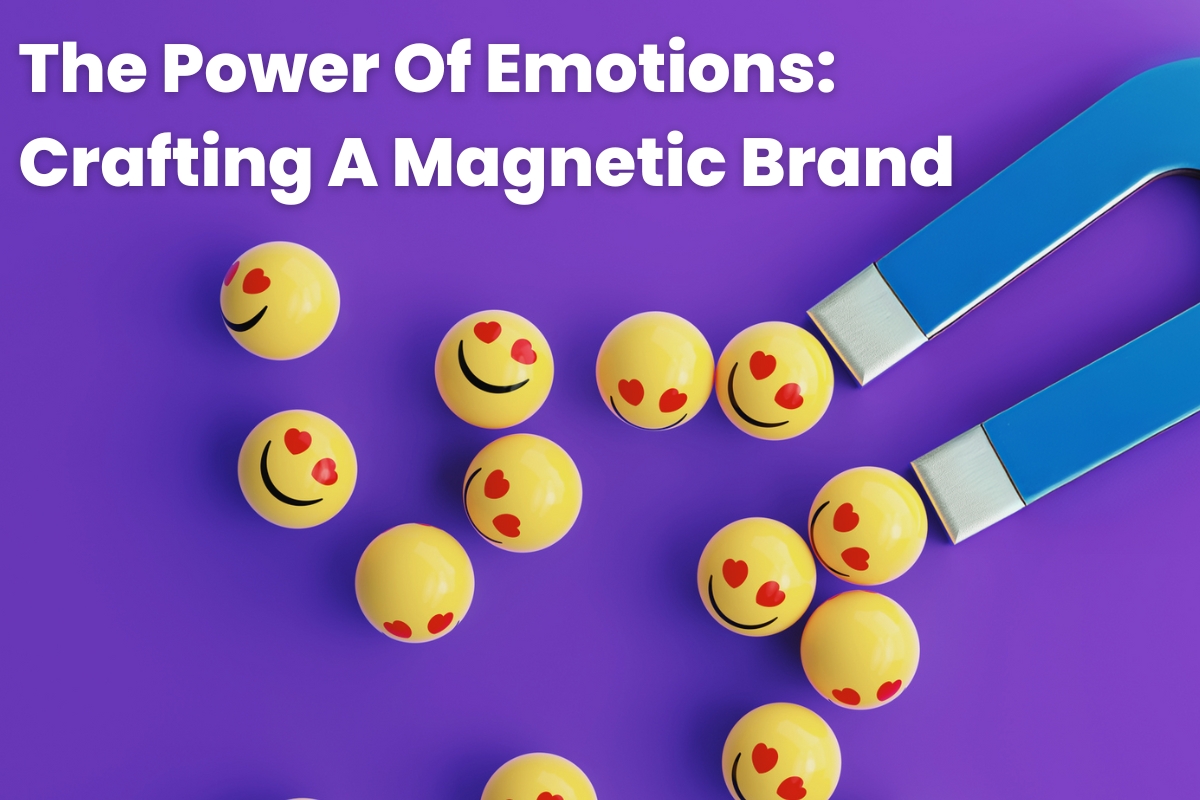




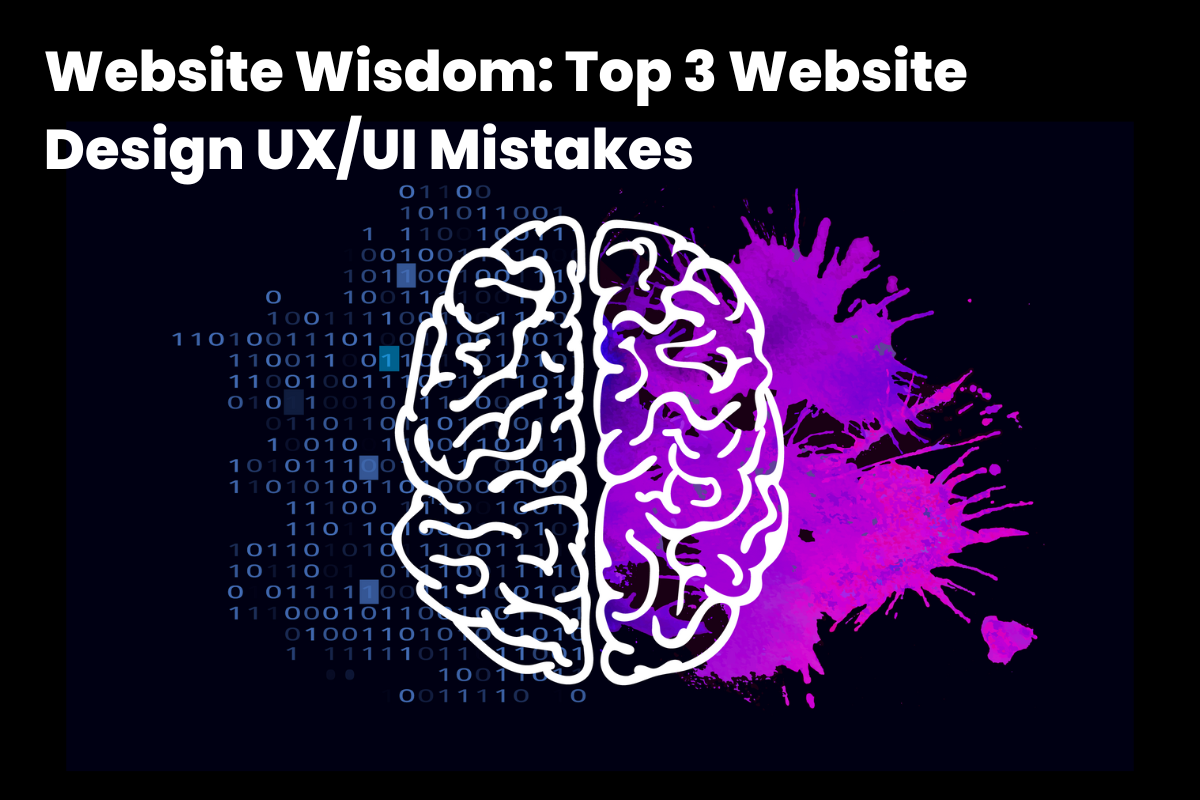


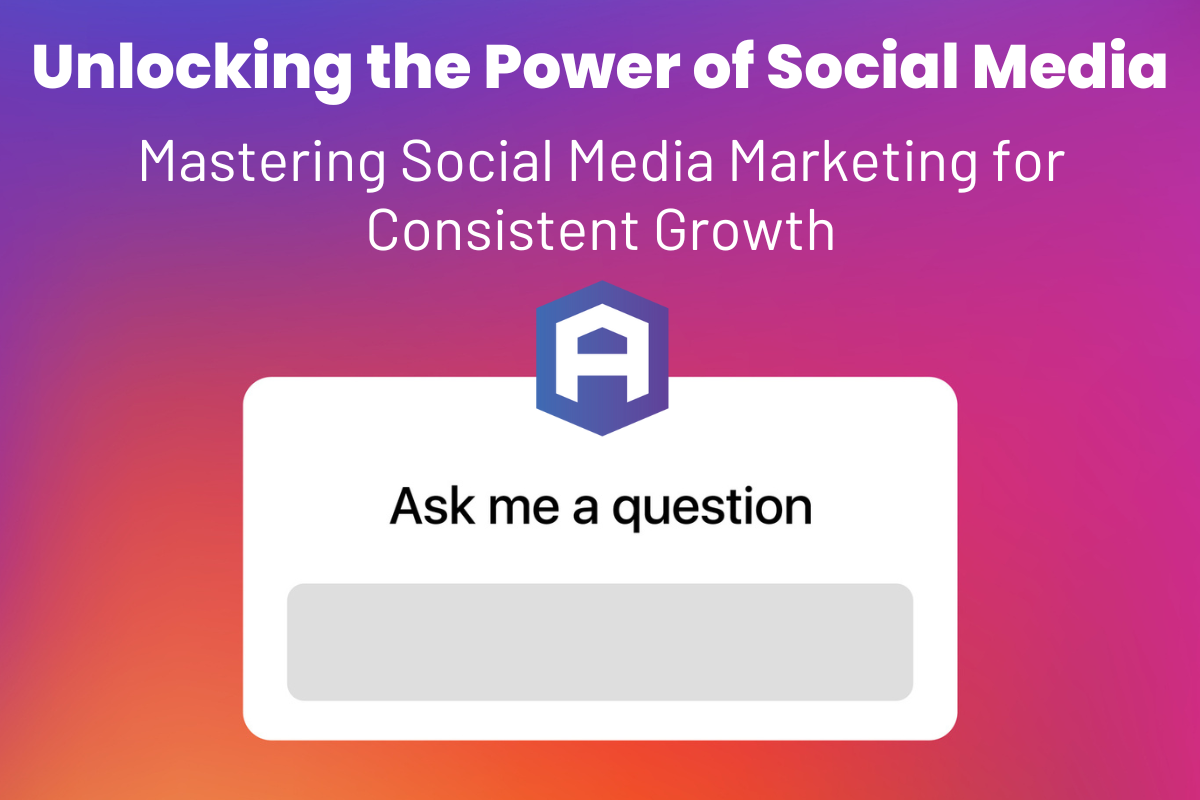

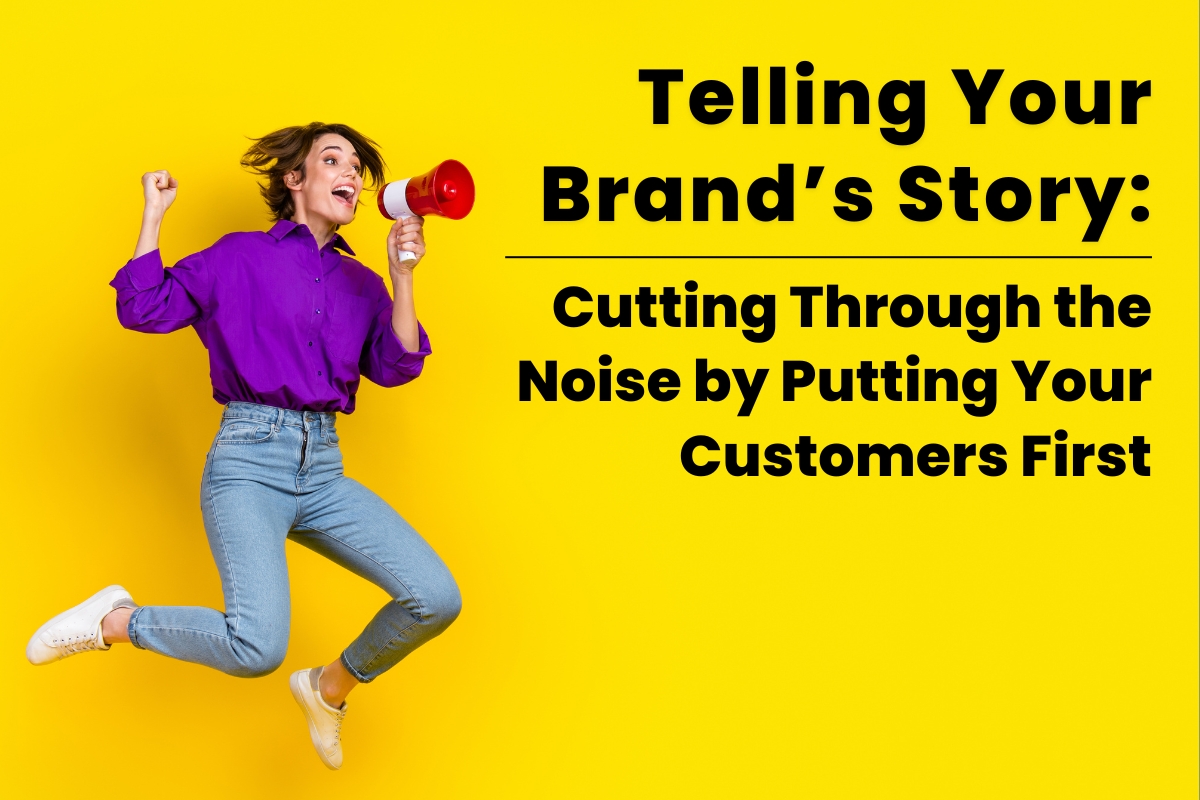
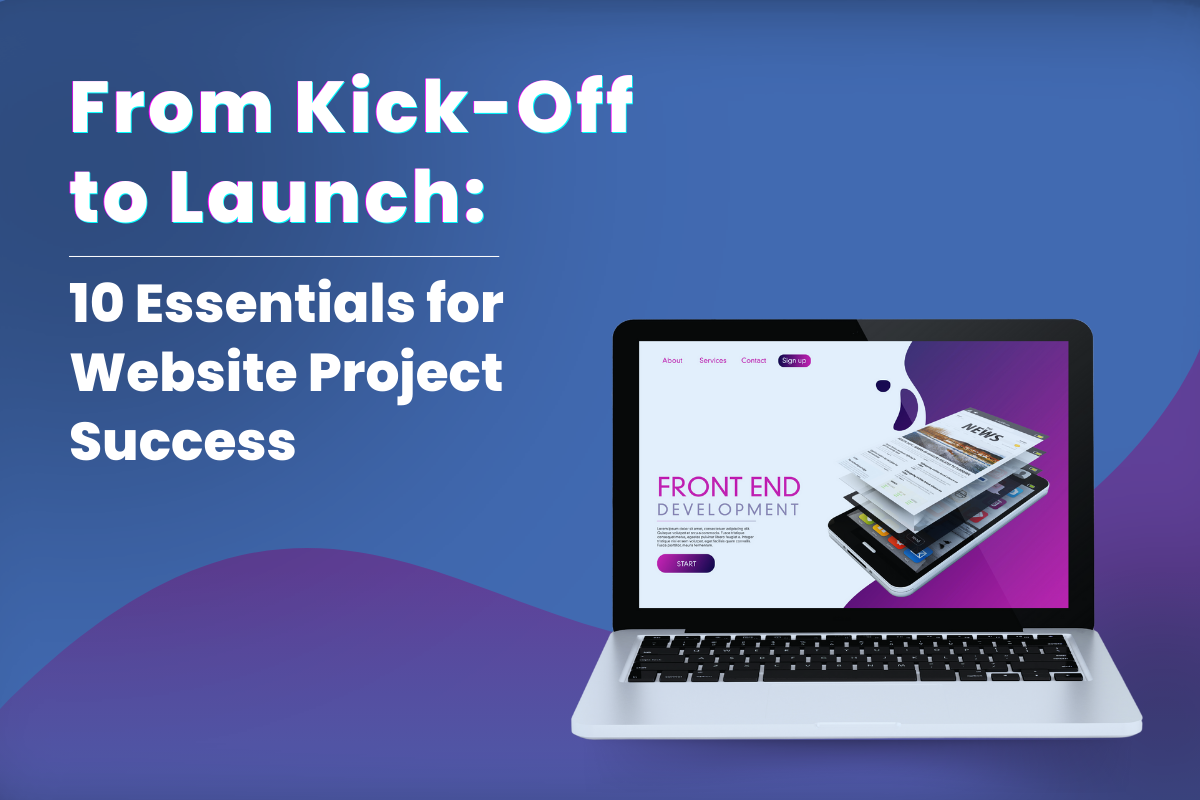
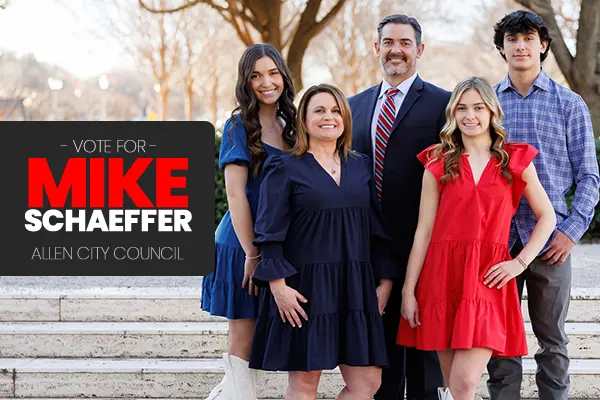

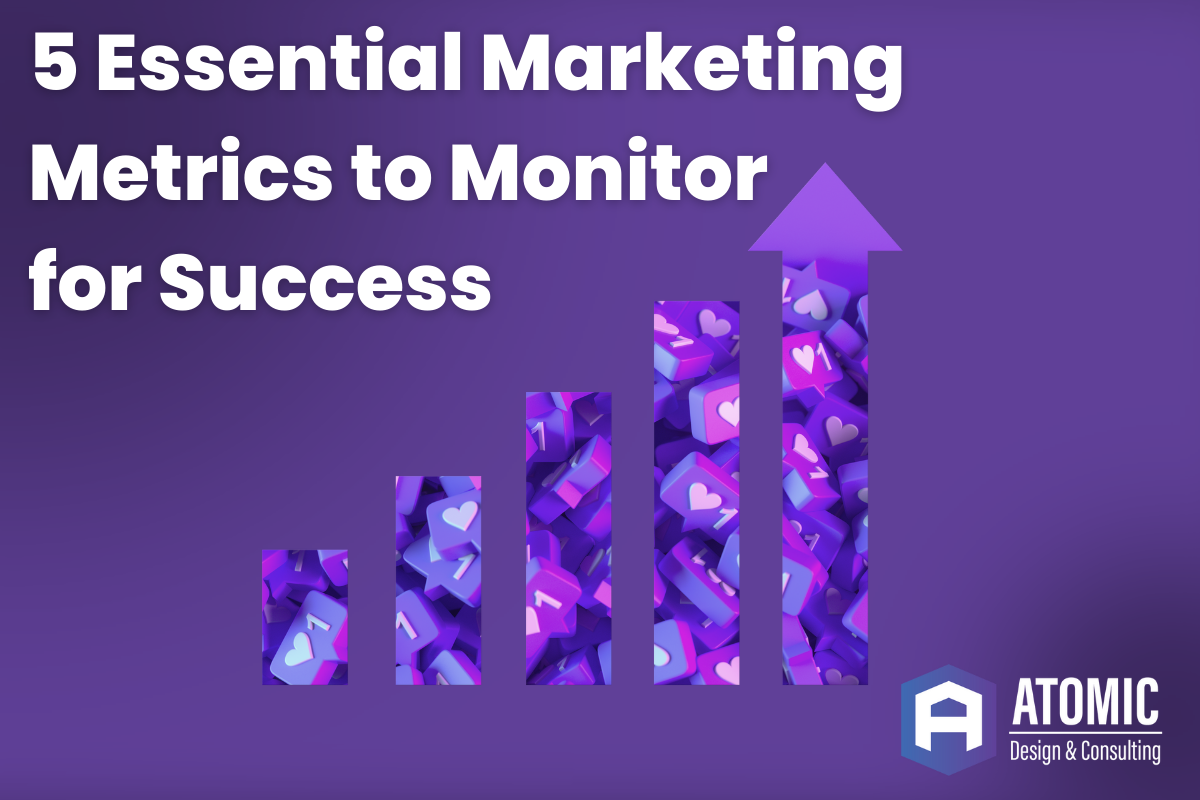
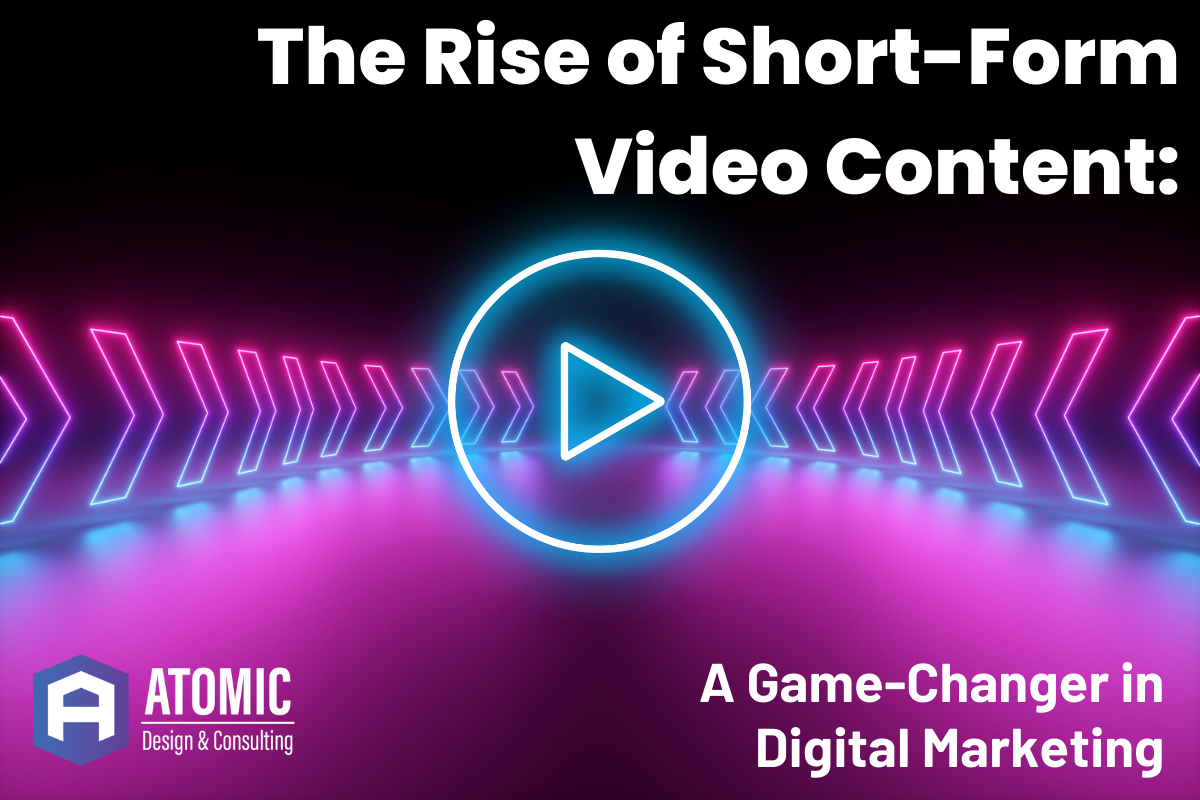
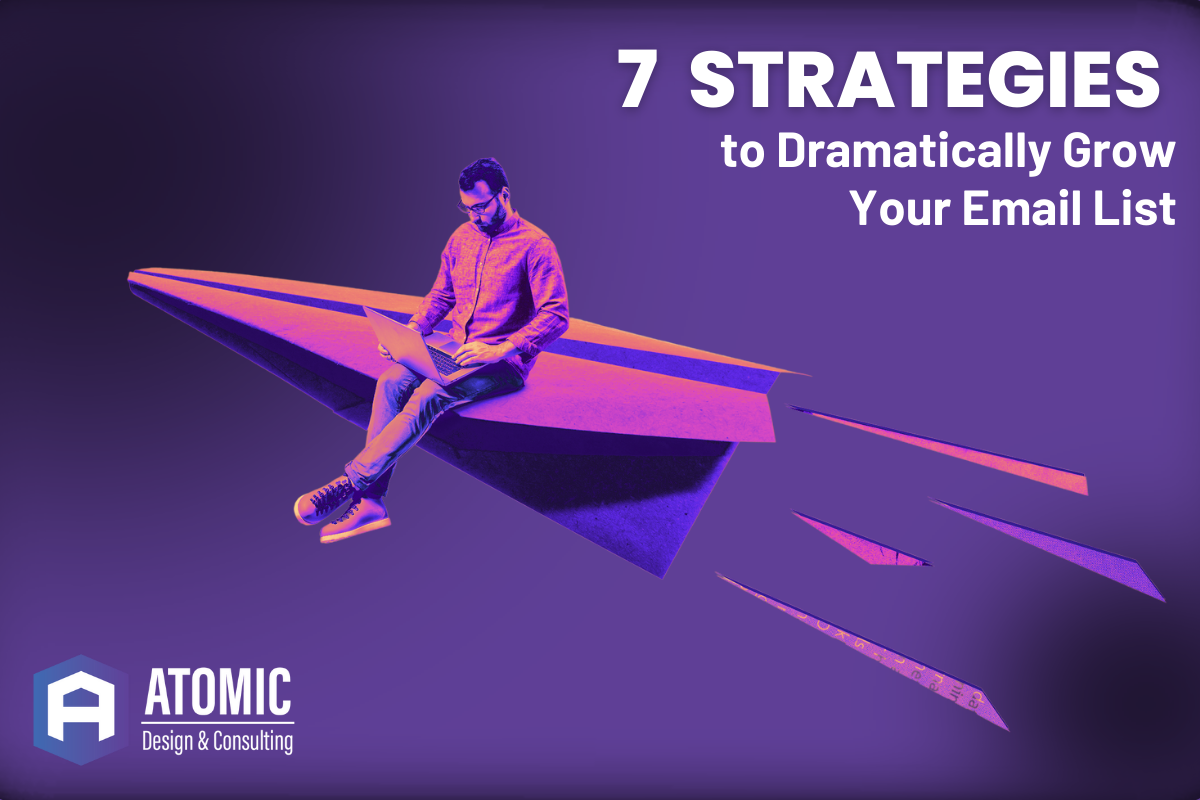
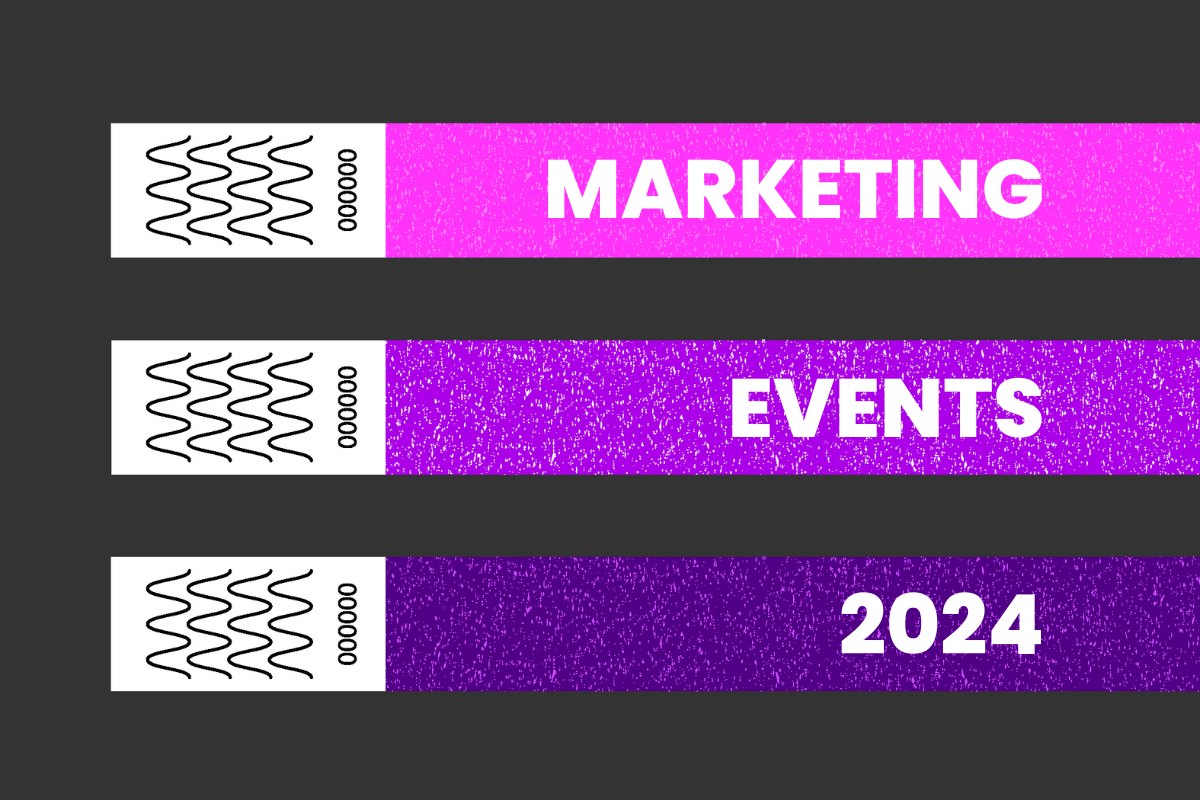


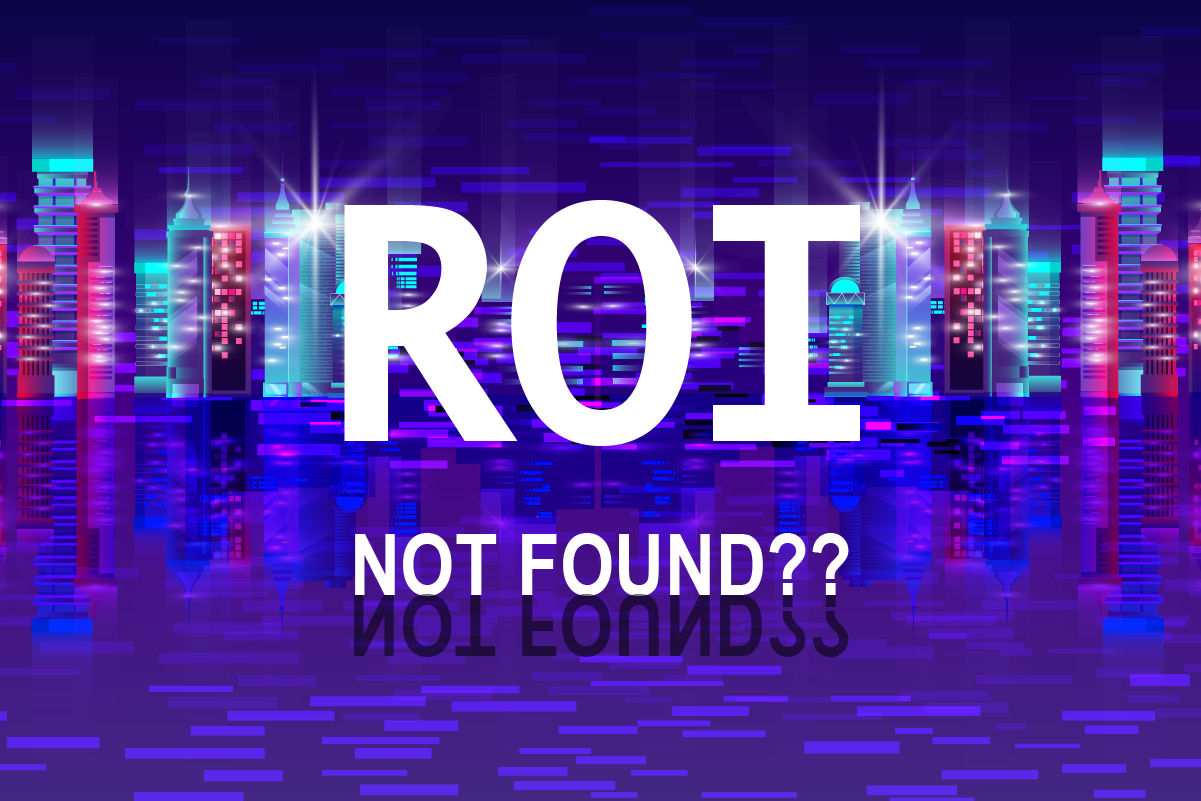















![HubSpot Partner Day 2019 [Recap] 46 ADC partner day 1200x630 1](https://www.atomicdc.com/wp-content/uploads/2019/09/ADC-partner-day-1200x630-1.jpg)
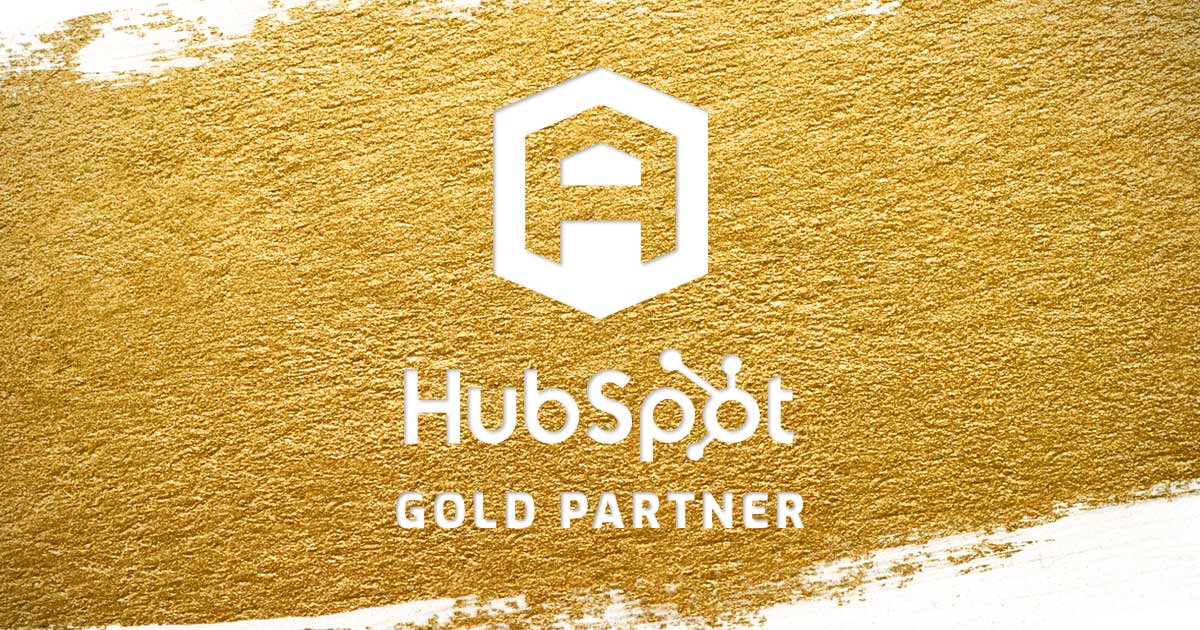

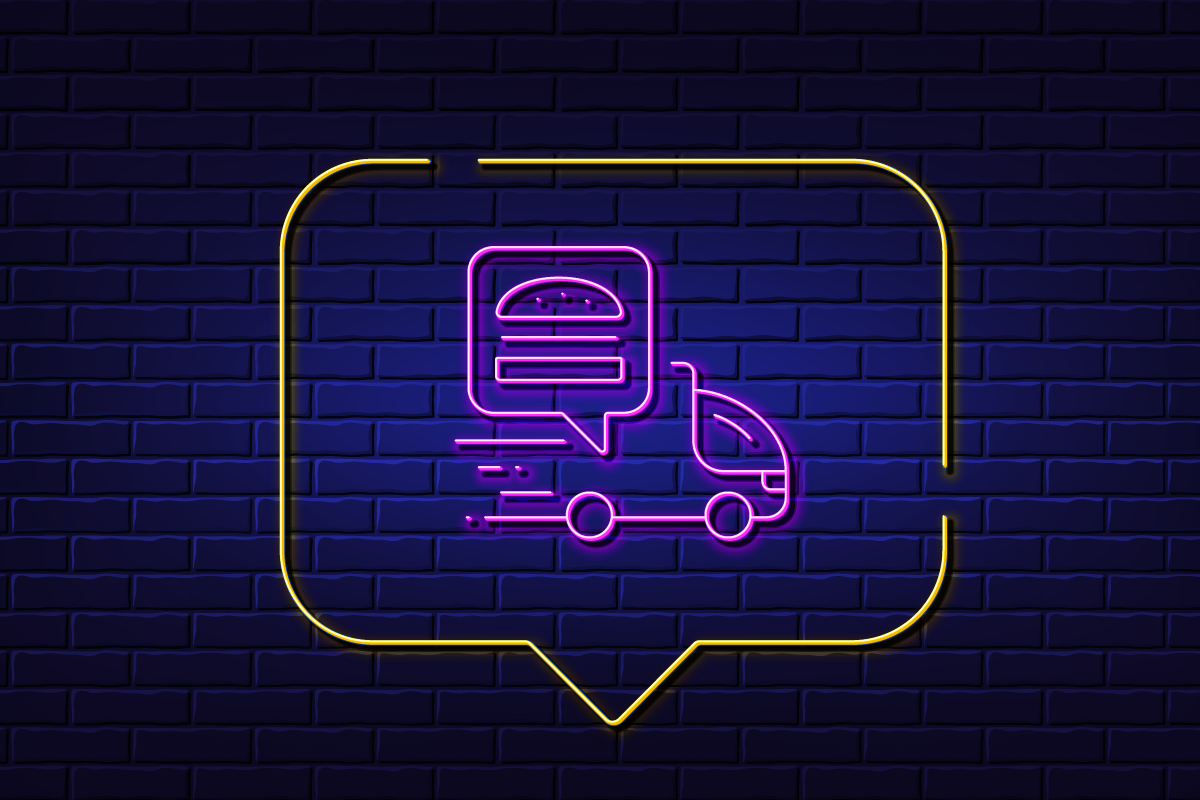
![30 Awesome HubSpot Tools That Won’t Cost You a Dime [Free Inbound Marketing Tools] 50 30 hubspot tools that won't cost you a dime](https://www.atomicdc.com/wp-content/uploads/2019/06/ADC-30-hubspot-tools.jpg)
